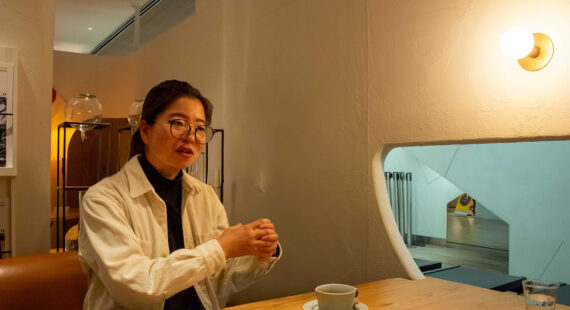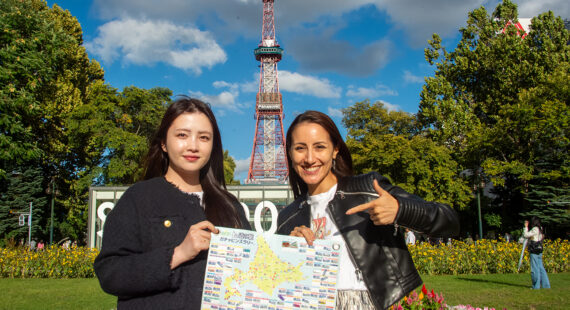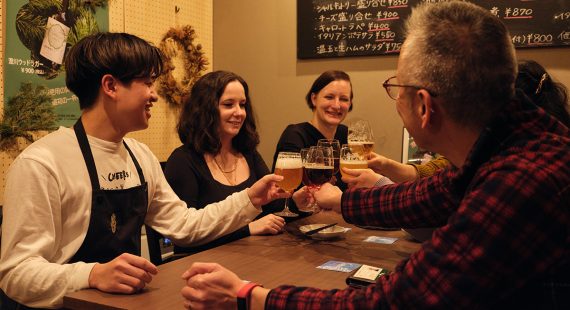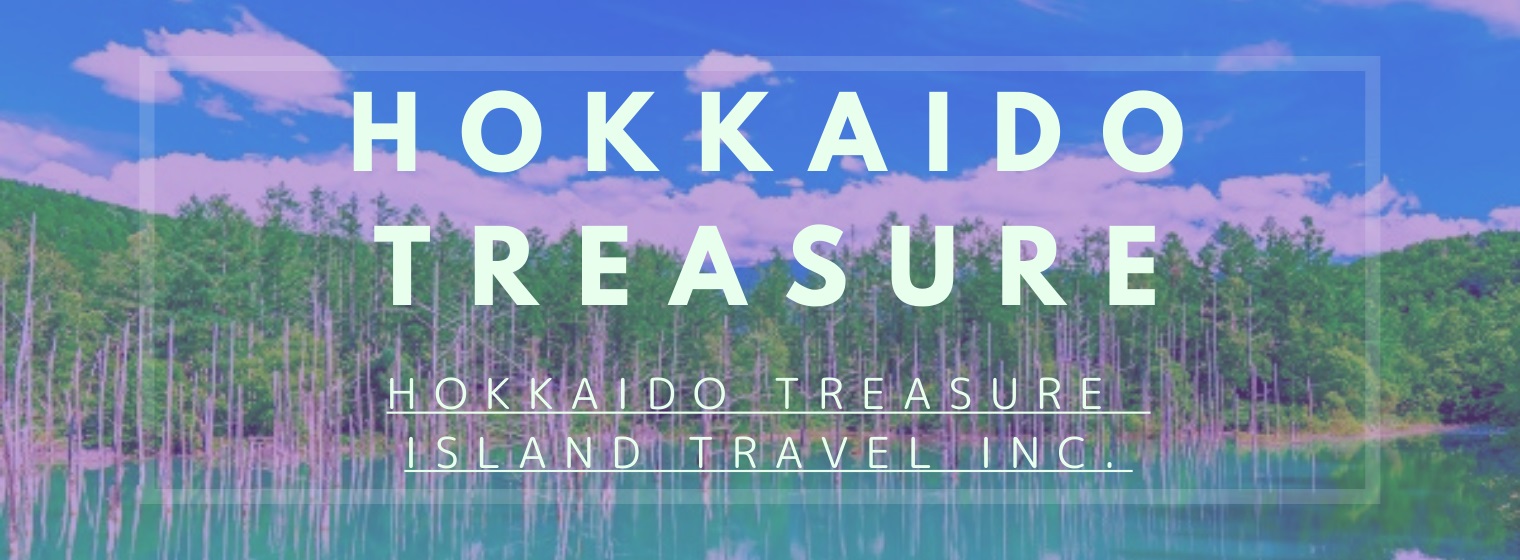(Written by Isis Berns)
Your Insider’s Guide to a Different Hokkaido
Welcome back to our series, “Meet the Travel Consultants!” I’m Isis Berns, a local Hokkaido media personality, and I’m thrilled to continue our journey by sitting down with the incredible local experts at Hokkaido Treasure Island Travel. These are the people who live and breathe this magnificent island, the passionate individuals who transform a standard vacation into a journey of a lifetime. This month, we’re driving deep (literally) into three fascinating facets of Hokkaido’s culture with the multi-faceted Maki Sasaya.
Our travel consultants uncover their favorite hidden spots, must-try foods, and unique passions to help craft a custom trip to Hokkaido that is exclusively yours. This month’s edition explores Hokkaido’s celebrated drinking culture, rich local culture embedded in over 100 roadside stations, and its surprising status as a must-visit in Japan for anime fans. Whether you’re dreaming of a niche-centric adventure or a serene nature escape blended with cultural immersion, our local connections unlock experiences that feel truly exclusive, the kind you can’t stumble upon in travel guides or the latest AI, because we are all about the in-person, real relationships. Hokkaido is calling—let us help you answer!
Table of Contents:
Part 1: A Spirited Journey: The Ultimate Hokkaido Alcohol Tour
– More Than Just Beer: Understanding Japan’s Drinking Culture
– Whiskey: The Scottish Soul of Yoichi and Niseko
– Sake: The Pure Taste of Hokkaido’s Mountain Water
– Wine: A Sweet Surprise and Award-Winning Views
– Beer: Beyond the Famous Star of Sapporo
Part 2: The Michi-no-Eki Quest: Hokkaido’s Roadside Treasure Chests
– Not Your Average Rest Stop
– Gotta Visit ‘Em All: The Hokkaido Gacha-Pins Rally
– Chisan-Chishō: A Taste of Local Life
– Maki’s Must-Visit Roadside Stations
Part 3: The Anime Pilgrim’s Guide to Hokkaido
– Beyond Akihabara: Why Anime Fans Must Visit Hokkaido
– Golden Kamuy: A Journey into History, Ainu Culture, and the Wild North
– Hokkaido Anime Landmarks: From Farm Schools to Seaside Cities
– An Otaku’s Shopping Guide to Sapporo
Part 4: The Deeper Connection: Why Hokkaido, Why Now?
– Finding a Home in the Vast North
– The Hokkaido Treasure Island Travel Difference
– Maki’s Final Message: Your Story is Waiting
Part 1: A Spirited Journey: The Ultimate Hokkaido Alcohol Tour
When you think of alcoholic beverages in Japan, what first comes to mind? For many, it’s sake. For others, it might be the globally famous Sapporo beer. But what if I told you that Hokkaido is a veritable paradise for lovers of all spirits, offering world-class whiskey, delicate wines winning global awards, and delicious craft beers alongside its legendary sake?
For Travel Consultant Maki at Hokkaido Treasure Island Travel, exploring this diverse scene is a personal passion. “What gets you excited?” I asked her at the start of our interview. “Alcohol!” she replied with a laugh.
More Than Just Beer: Understanding Japan’s Drinking Culture
Before we pour our first glass, it’s worth noting that drinking in Japan is deeply woven into the social fabric. In Japan, drinking gatherings, especially with colleagues (nomikai), serve a crucial social function that goes far beyond simply unwinding. It’s a structured way to foster harmony and open communication in a society that often values reserve and indirectness in formal settings.
At the heart of this is the cultural concept of honne (本音), one’s true feelings, and tatemae (建前), the public facade or opinions one displays to maintain social harmony. In the structured environment of a Japanese workplace, communication is typically governed by tatemae. Alcohol is seen as a social lubricant that allows for a safe transition to honne. It creates an environment where colleagues and even superiors can speak more frankly, share genuine concerns, and brainstorm ideas without the rigid constraints of office hierarchy.
This is where problems are often informally solved and true team cohesion is built. The act of pouring drinks for one another is a key part of this ritual; you rarely pour your own glass. Instead, you are expected to be attentive to your companions’ glasses, and they, in turn, will fill yours. This reciprocal act is a constant, subtle reinforcement of the group’s bond and mutual respect. The goal isn’t intoxication but connection—a chance to strengthen relationships and ensure the group functions smoothly. And, it’s fun, of course. Laughing solves plenty, don’t you think?
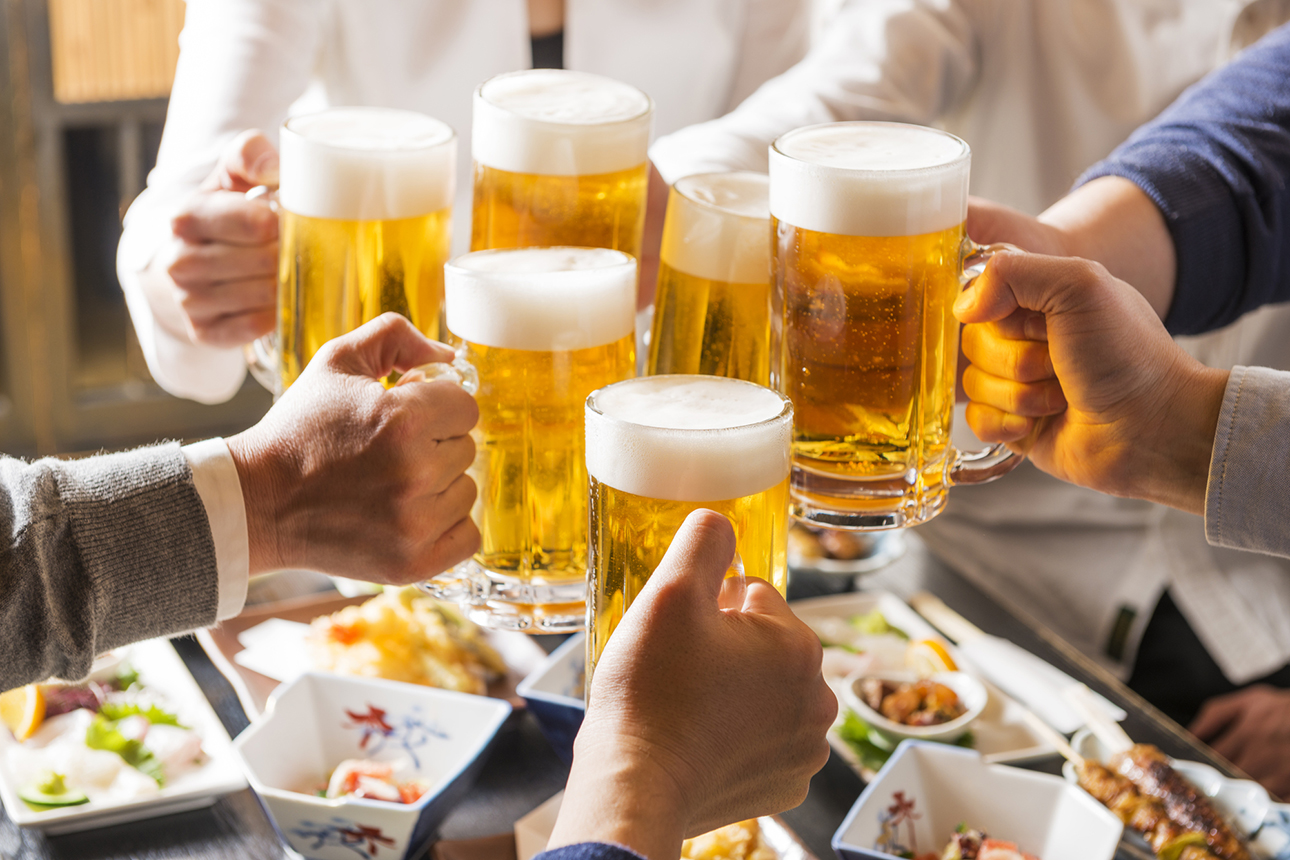
From the crispness of a cold beer on a summer day to the complex notes of an aged whiskey by the fire, each beverage has its time and place. Hokkaido is a prefecture blessed with pristine water and rich agricultural resources, and its quality and variety are second to none.
“There are plenty of breweries in Hokkaido. I can make a full 10-day itinerary where you can visit a different brewery each day.” Maki’s eyes light up with excitement. “Drink beer one day, then whiskey the next, then wine after that. Not just drinking it, but learning how it’s delicately made from the pros themselves.”
“Drinking every day while on vacation, that’s one way to unwind.” I smile with her. “Different drinks go well with different foods, after all.”
“We could call it ‘Happy Alcohol Tour,’ because every day you’re sure to be happy,” Maki laughs. “The best part is you don’t have to worry about the logistics. You need a driver to drink, right?” she insists. “We’ve got it covered!”
“Of course, you don’t need to worry about missing a train or one person in the group missing out.” I agree.
“Exactly. Stay up late enjoying local drinks and chatting with the local community at local establishments; that’s the best window into the real heart and lifestyle of Japanese people. You’re sure to make friends over a drink, sharing stories. Then, sleep on the bus the next day and wake up at the next brewery in the next town. I can plan that for any traveller according to their taste. Each day is sure to be an adventure!” Maki declares.
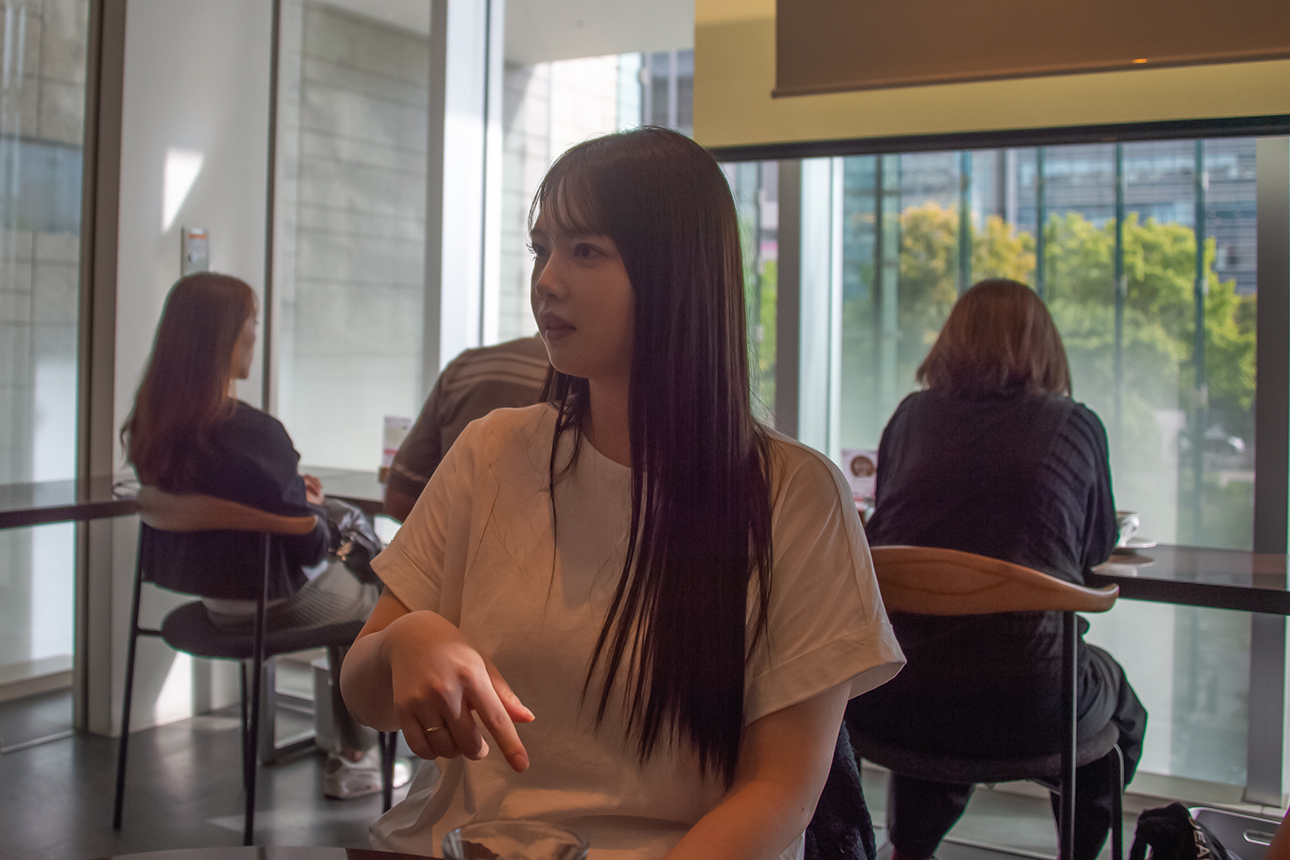
Whiskey: The Scottish Soul of Yoichi and Niseko
Maki’s personal choice of drink is whiskey, and Hokkaido is home to some of Japan’s most revered distilleries.
・Nikka Whisky Yoichi Distillery:
The historic town of Yoichi is a pilgrimage site for whiskey lovers. Founded by Masataka Taketsuru, the “Father of Japanese Whisky,” who studied distilling in Scotland, the Yoichi distillery was chosen for its location because its climate and terroir closely resembled those of the Scottish Highlands. A tour here is a walk through history, where you can see the traditional coal-fired pot stills and sample the distillery’s famously rich and peaty single malt.
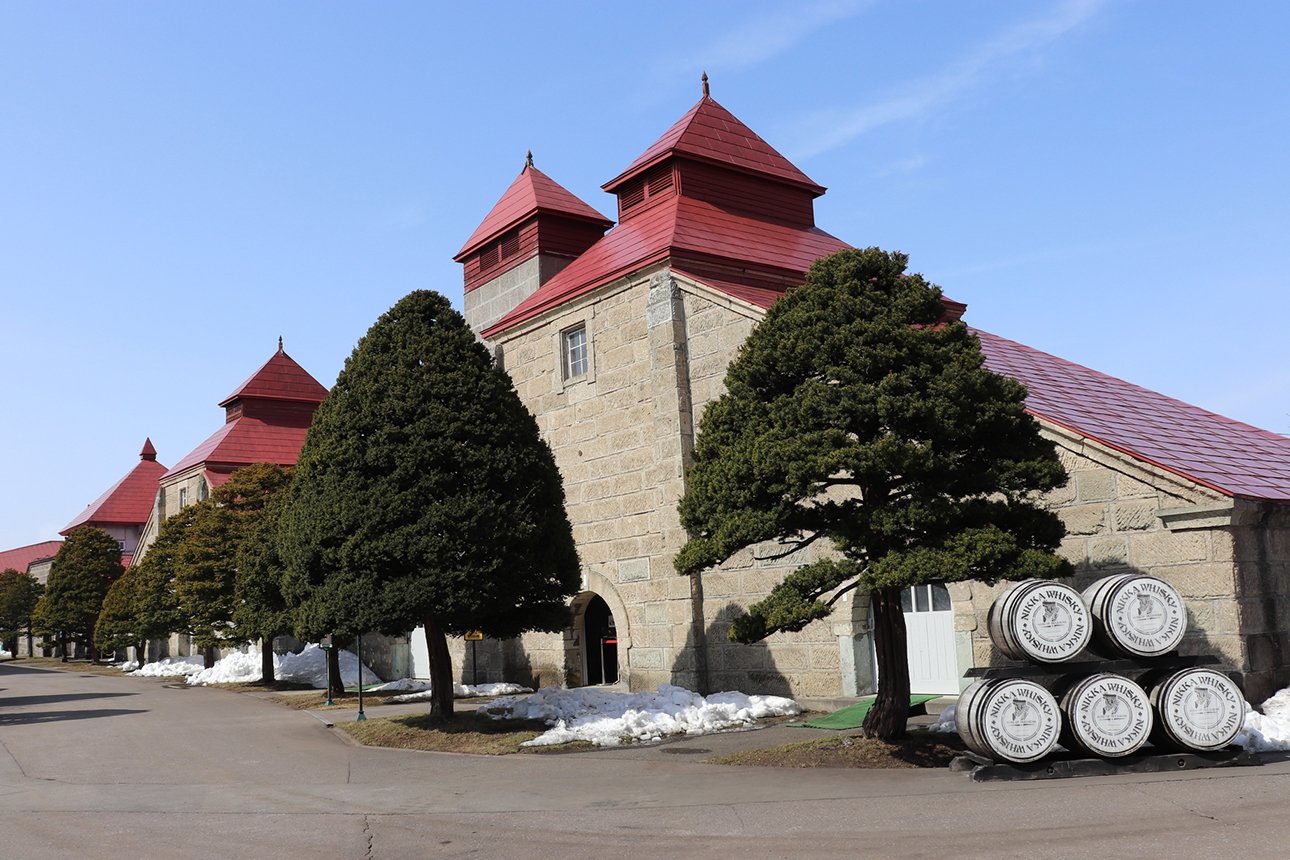
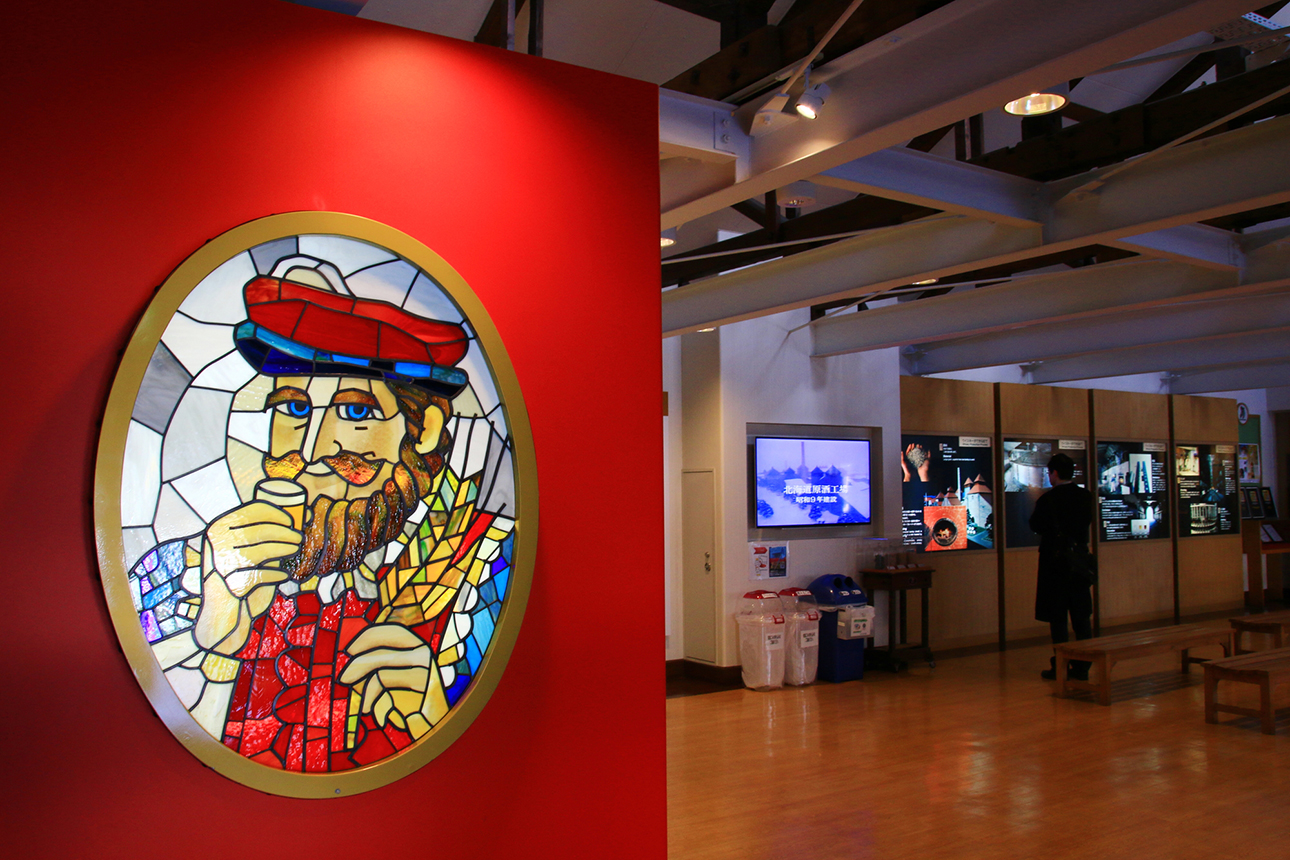
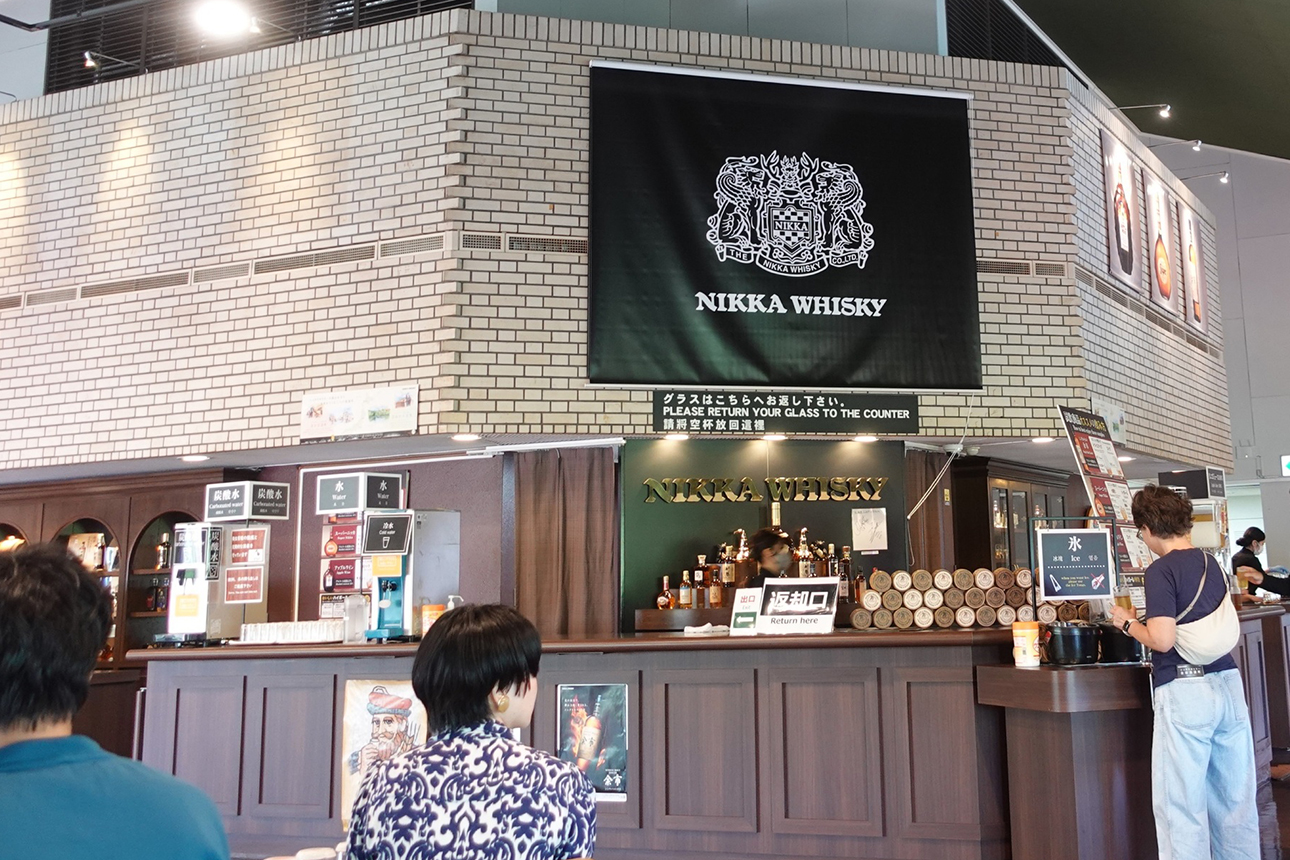
・Niseko Distillery (Niseko Joryu-jo):
A newer player on the scene, this distillery is already making waves. While their first whiskey needs a few more years to age, they are currently producing exceptional gin. Maki suggests a fantastic day trip could involve visiting Niseko Shuzo for sake, followed by heading to the whiskey distillery with a private driver to taste this new gem of gin.
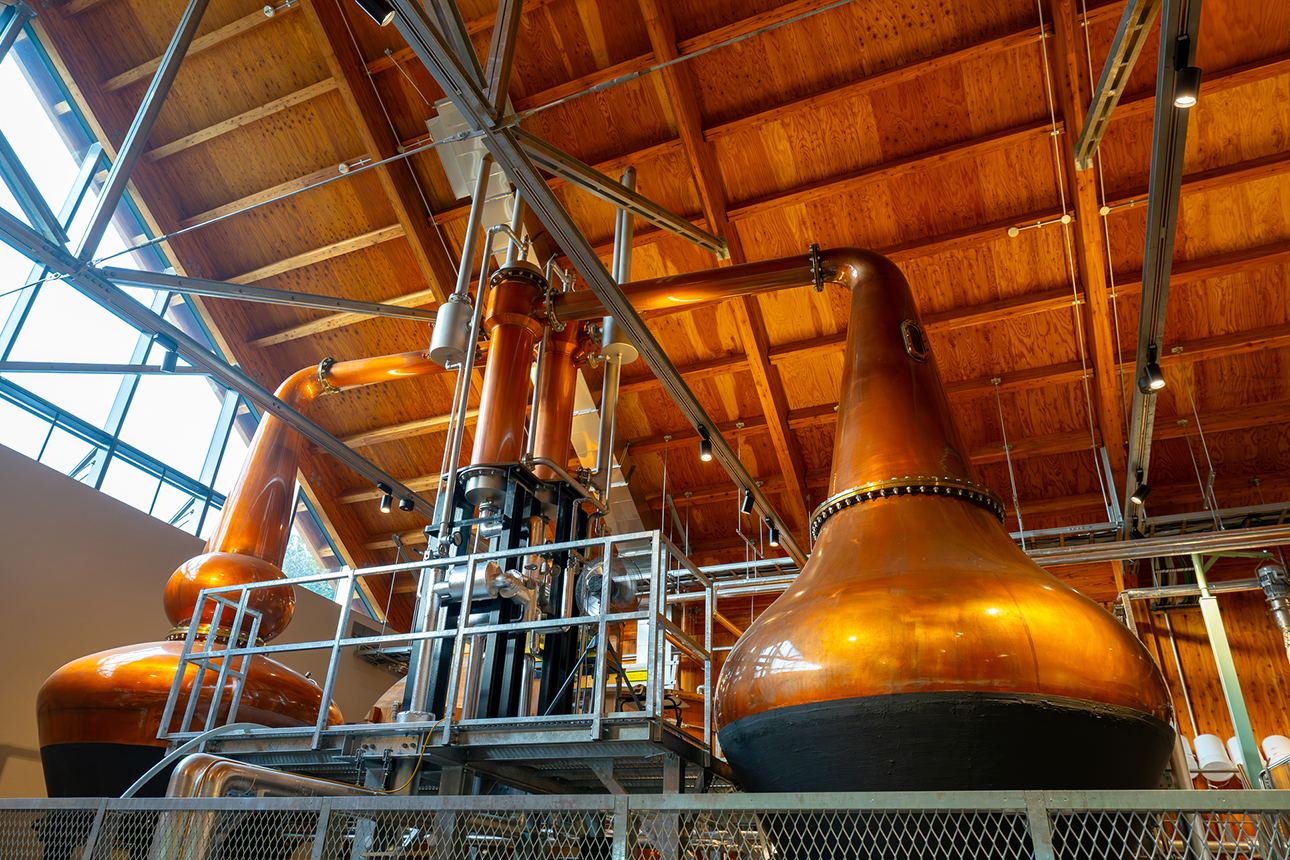
・Isis’ favorite:
One of my favorite spots for whiskey is actually right in Sapporo City: “The Nikka Bar,” a stylish establishment perfect for sampling rare whiskeys and seasonal cocktails; there’s even whiskey-infused chocolate served as an appetizer (they make for great souvenirs, too)!
Sake: The Pure Taste of Hokkaido’s Mountain Water
The secret to great sake is pure water, and the island’s snow-melt springs provide the perfect ingredient.
・Niseko Shuzo:
This brewery offers a tasting experience so generous it’s like a full bar. “You could get drunk on the tasting,” Maki jokes.
・Kyogoku Springs:
To truly understand the sake, Maki recommends visiting the source. A short trip to Kyogoku allows you to see the fresh spring water gushing out from the ground. Snow and rain that fall on the iconic Mt. Yotei (often called “Ezo-Fuji” for its resemblance to Mt. Fuji) slowly seep into the volcanic mountain. It then percolates and filters through many layers of the earth for decades. This long, natural filtration process purifies the water and enriches it with minerals. Finally, this pristine water emerges at Fukidashi Park in Kyogoku Town. An incredible 80,000 tons of this naturally purified water gushes out every single day. The park surrounding the springs has small shops selling coffee made with the pristine water and a unique, “Mizu Manju,” a must-try made with the fresh spring water of Kyogoku. This treat is a transparent, jelly-like confection that offers a refreshingly cool taste, served with sweet roasted soybean flour (kinako) and brown sugar syrup (kuromitsu).
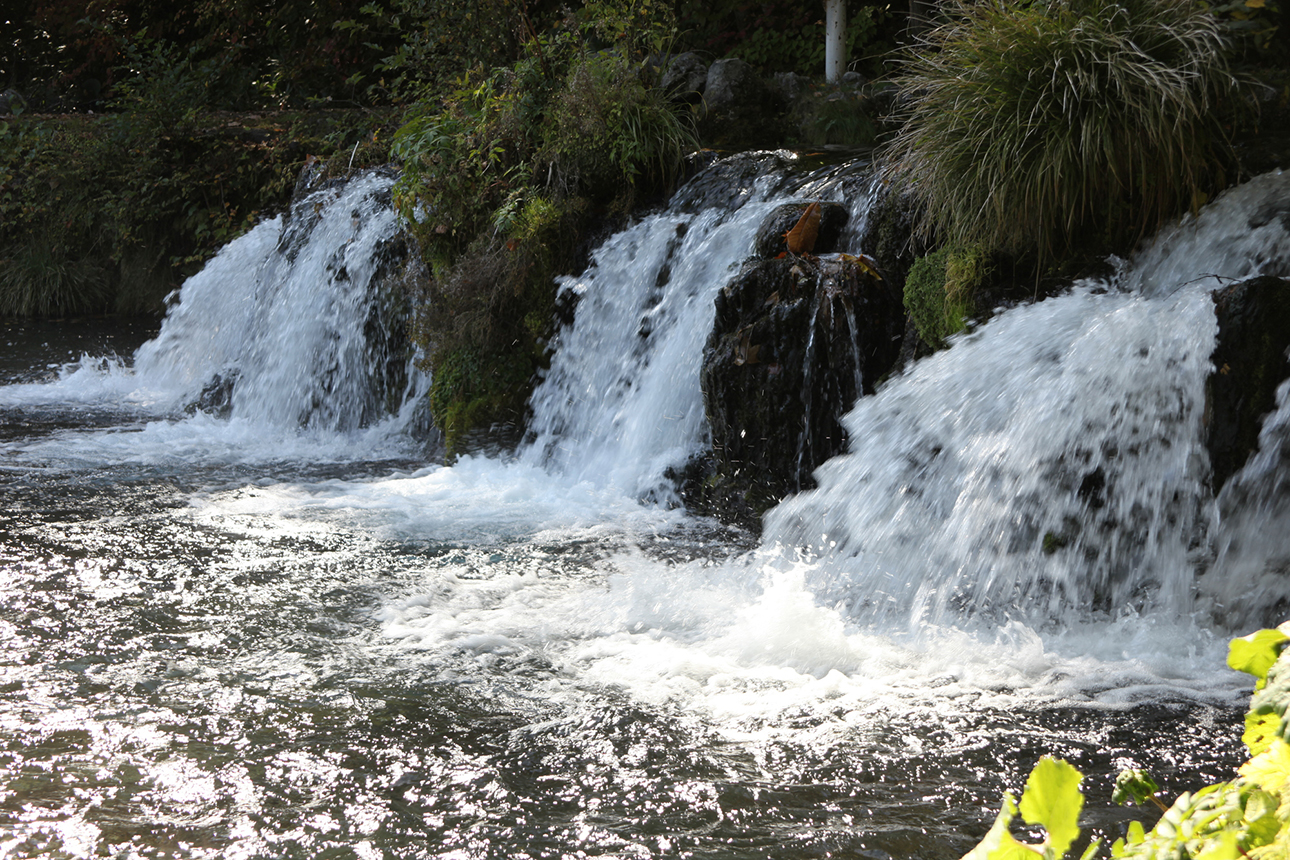
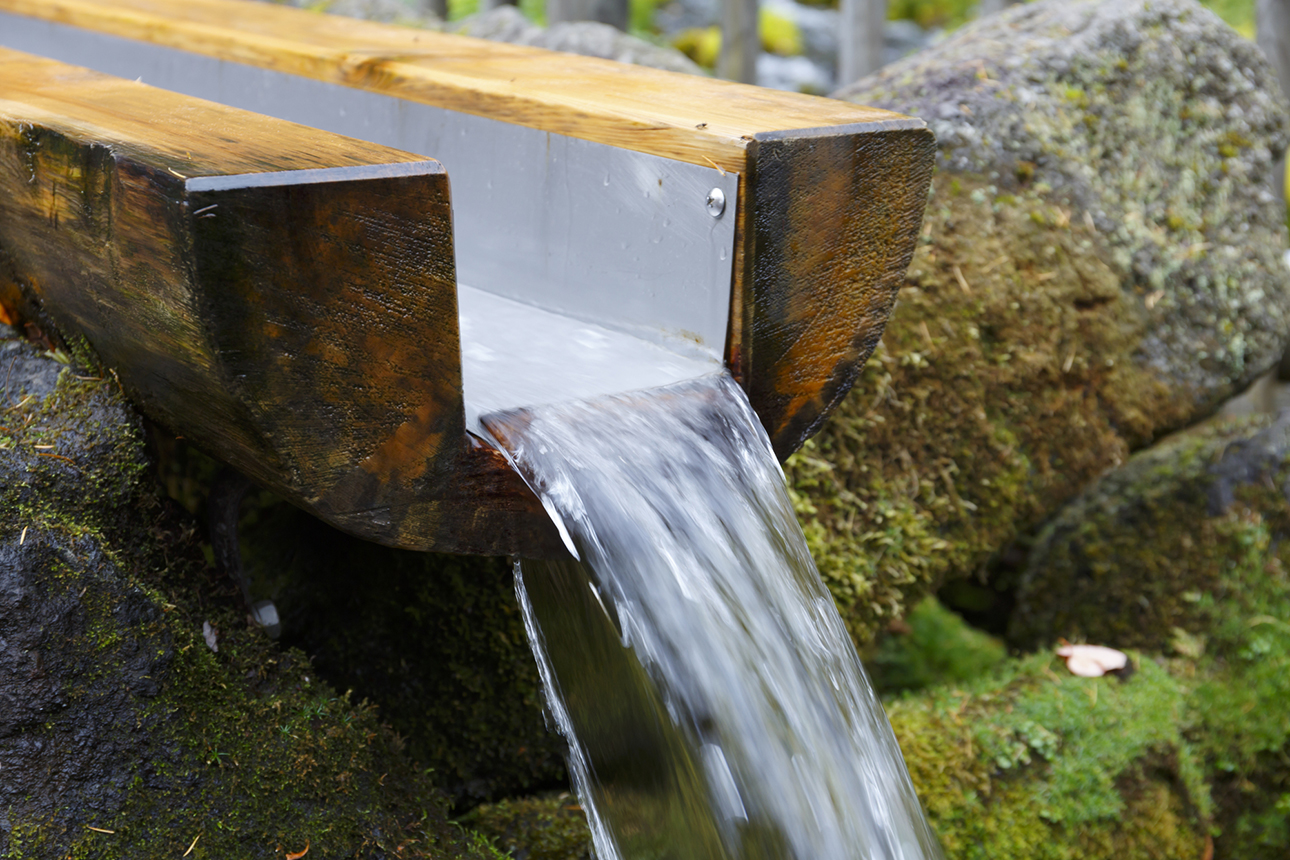
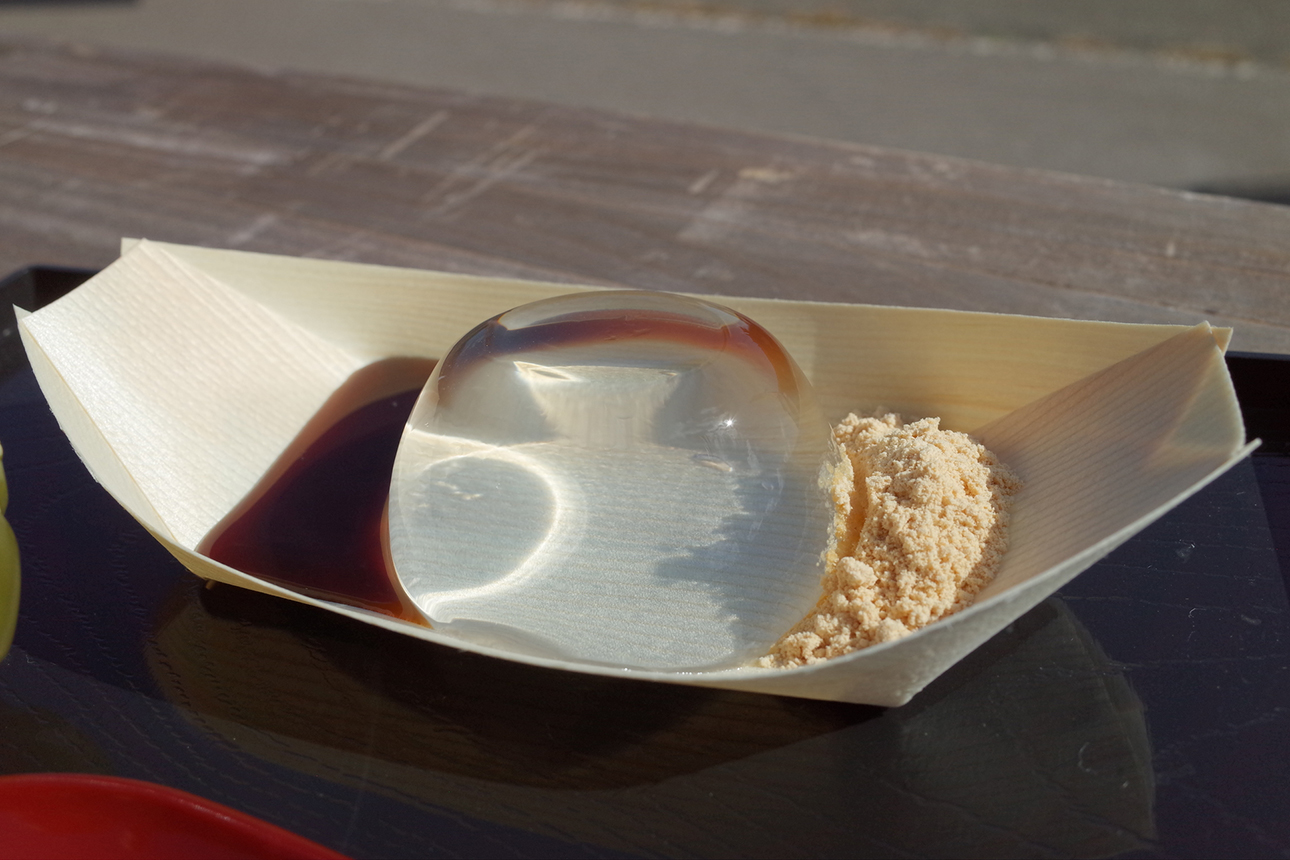
・Mashike no Kunimare:
Another fantastic sake brewery in the town of Mashike, which also offers tastings and a chance to try the fresh water used in its creation. Nearby, you can find excellent spots for lunch, making it a perfect day activity. If you like coastal drives, this is a must-stop with great views of the Sea of Japan (the sunsets are romantic!).
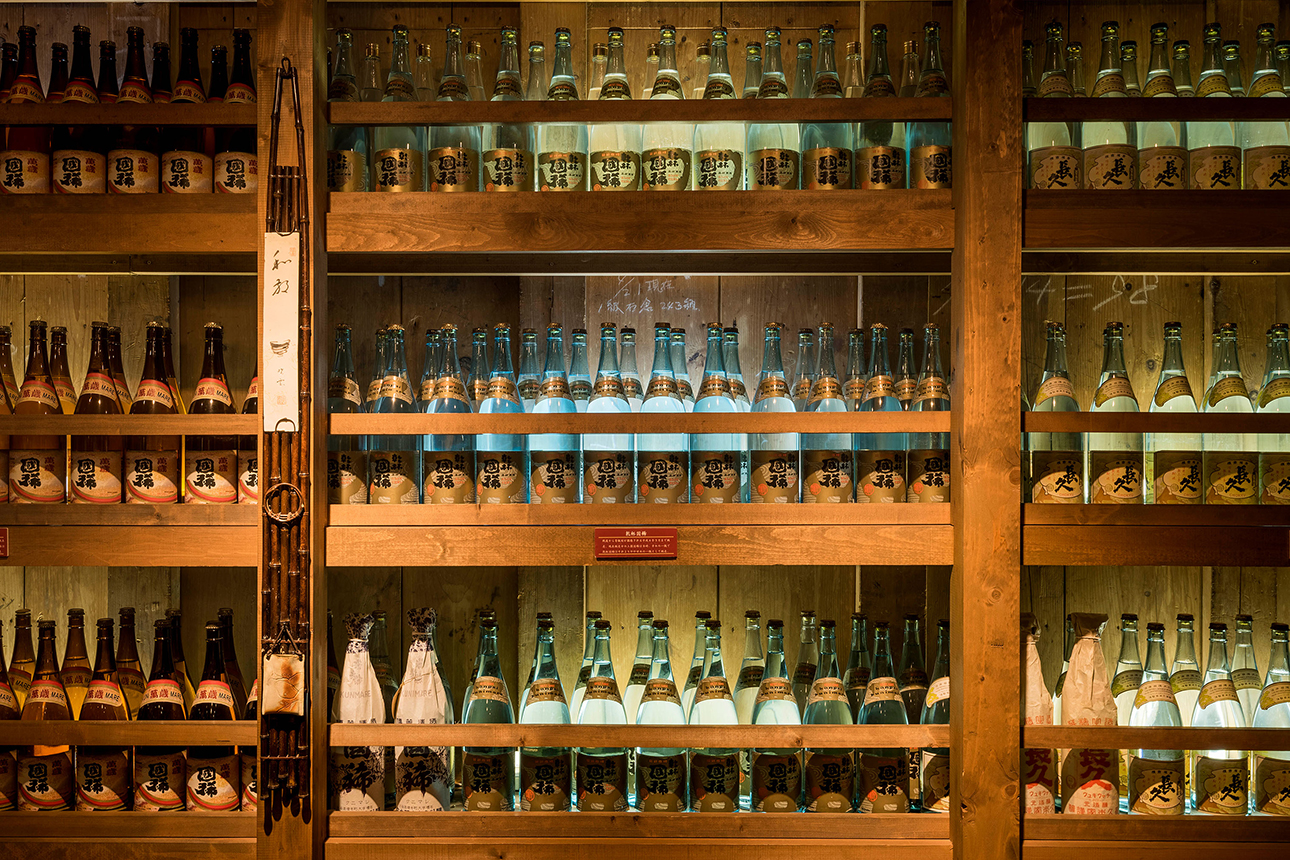
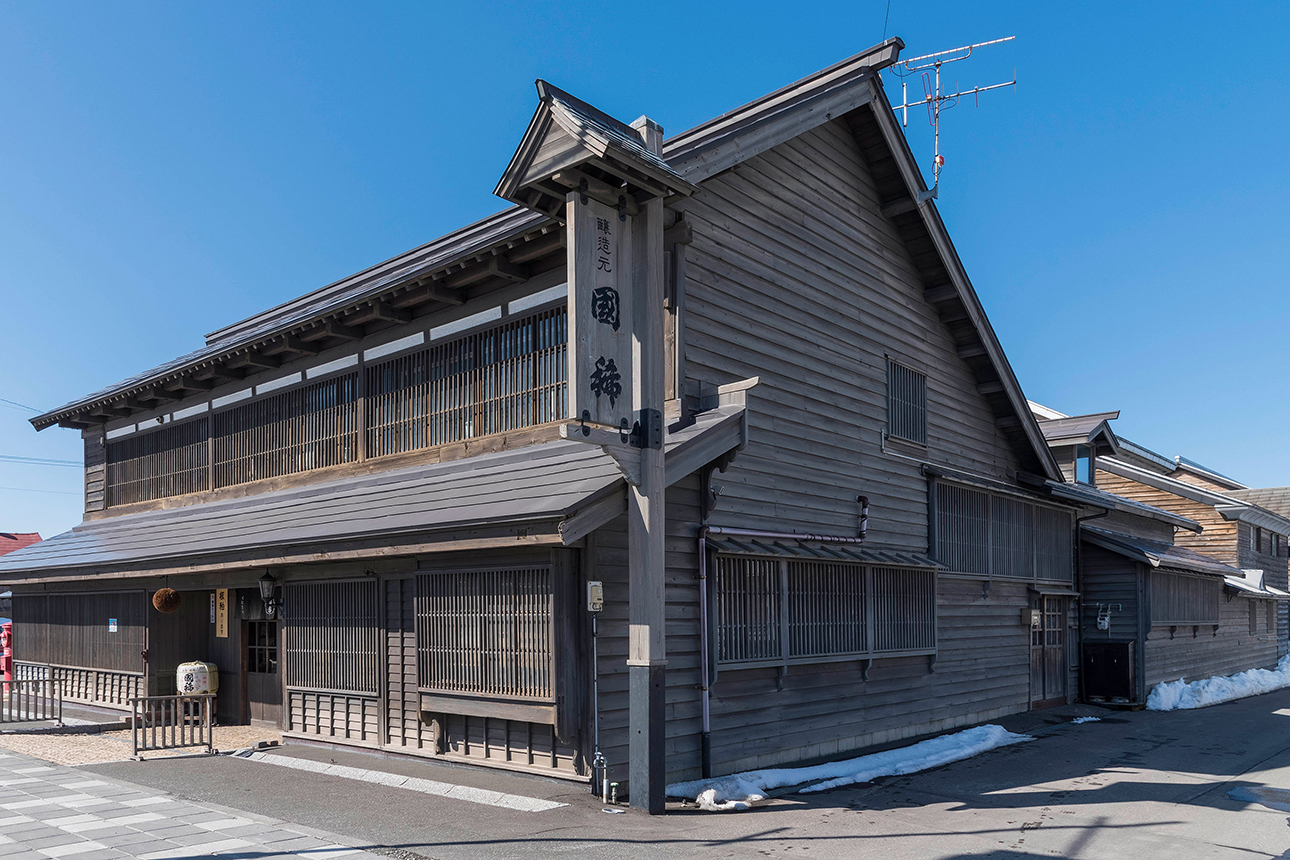
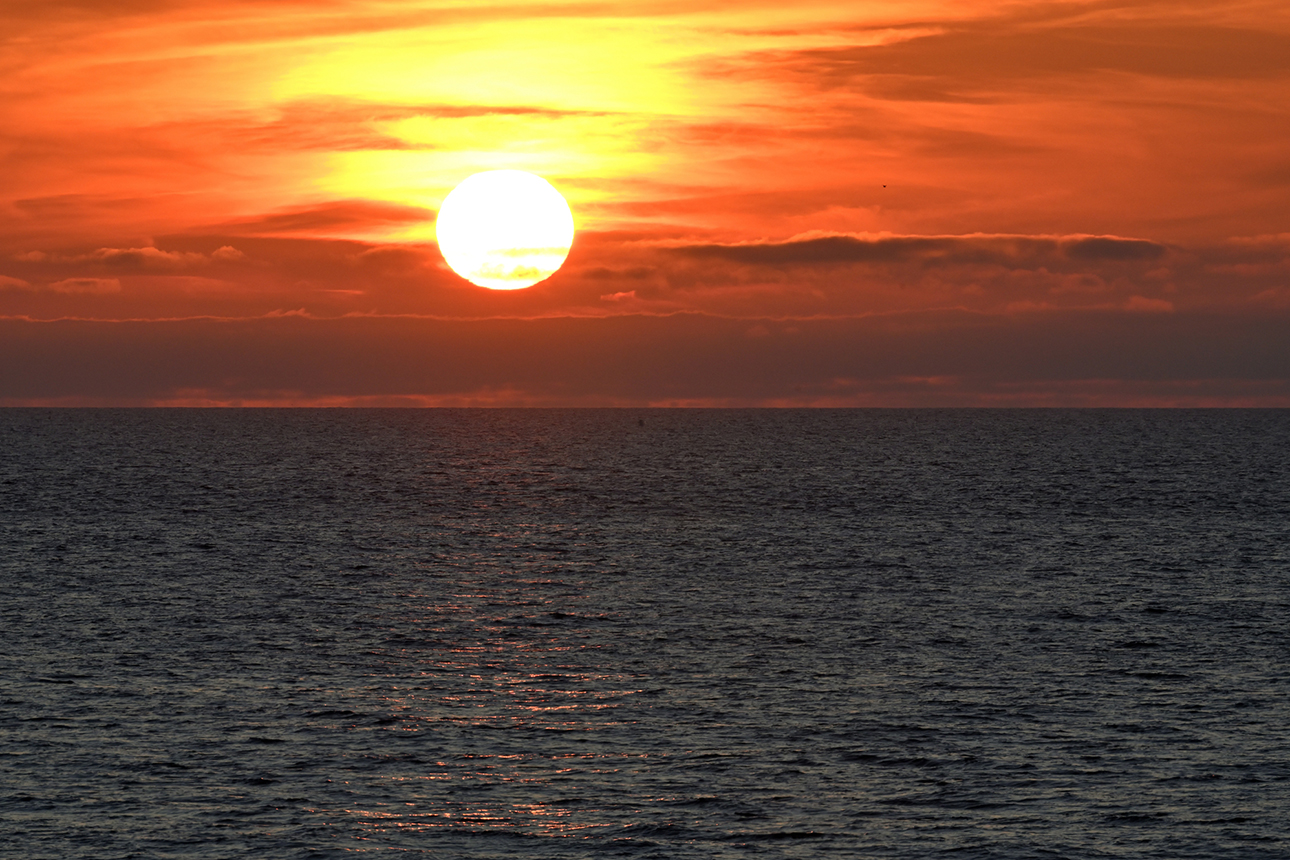
・Maki’s Pro Tip:
“On the way to Yoichi, stop at the Kinoko Kingdom (Mushroom Kingdom). I drink the 100-yen mushroom soup before I go on the sake tours. It warms you up and it’s healthy, I highly recommend it!”
Wine: A Sweet Surprise and Award-Winning Views
While Japan may not be the first country that comes to mind for wine, Hokkaido’s climate is ideal for cool-climate grapes, and its wineries are gaining international acclaim.
・Hokkaido Wine Co., Ltd. in Otaru:
A great stop for a winery tour near the charming canal city of Otaru, offering a wide variety of wines to sample. The 2019 Tsurunuma Kerner Private Reserve won a Gold Medal at the 2022 Japan Wine Competition, highlighting its exceptional quality and craftsmanship. This crisp, aromatic white wine is known for its notes of citrus and white flowers, a perfect representation of Hokkaido’s cool climate.
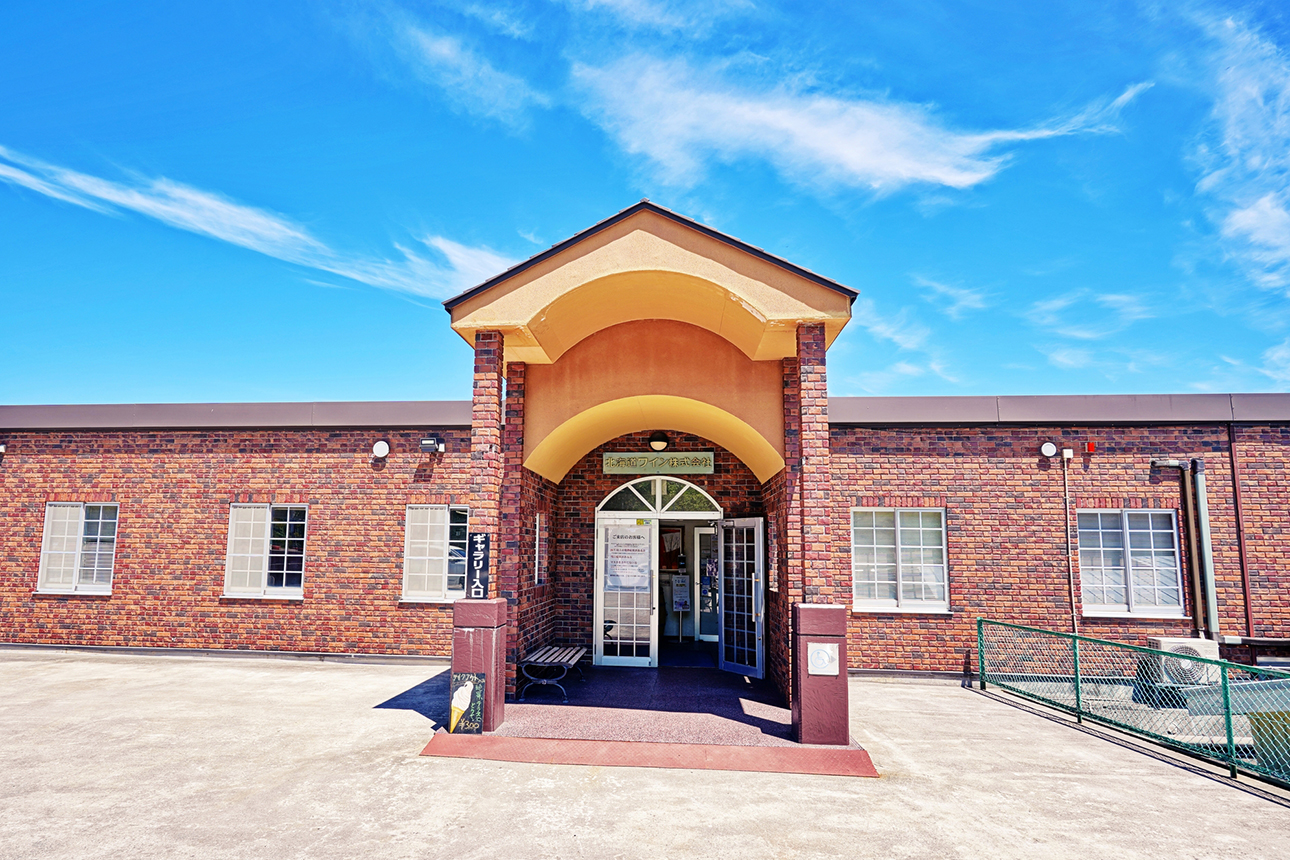
・Domaine Raison (Nakafurano):
This is a special favorite of Maki’s. The winery boasts beautiful views and is known for its “Kifu Wine,” a rare and delicious ice wine. This Kifu or Noble Rot dessert wine has a natural, intense sweetness, created by leaving the grapes on the vine to freeze, which concentrates their sugars. In 2025, Domaine Raison’s Kifu received the Gold Medal at the prestigious Japan Wine Competition. Their sweet Orange Wine is also a big hit among women. It’s so beloved that it has frequently won at the “SAKURA” Japan Women’s Wine Awards, an international competition judged exclusively by women in the wine industry. The experience at Domaine Raison is part of the charm. There’s a restaurant, soft-serve ice cream, and even goat soap for sale. “I fed the baby goats with milk bottles; it was adorable,” Maki recalls. She loved the wine so much, she shared it with her family. “I gave the ice wine from Domaine Raison to my grandmother for her birthday, and she loved it.”
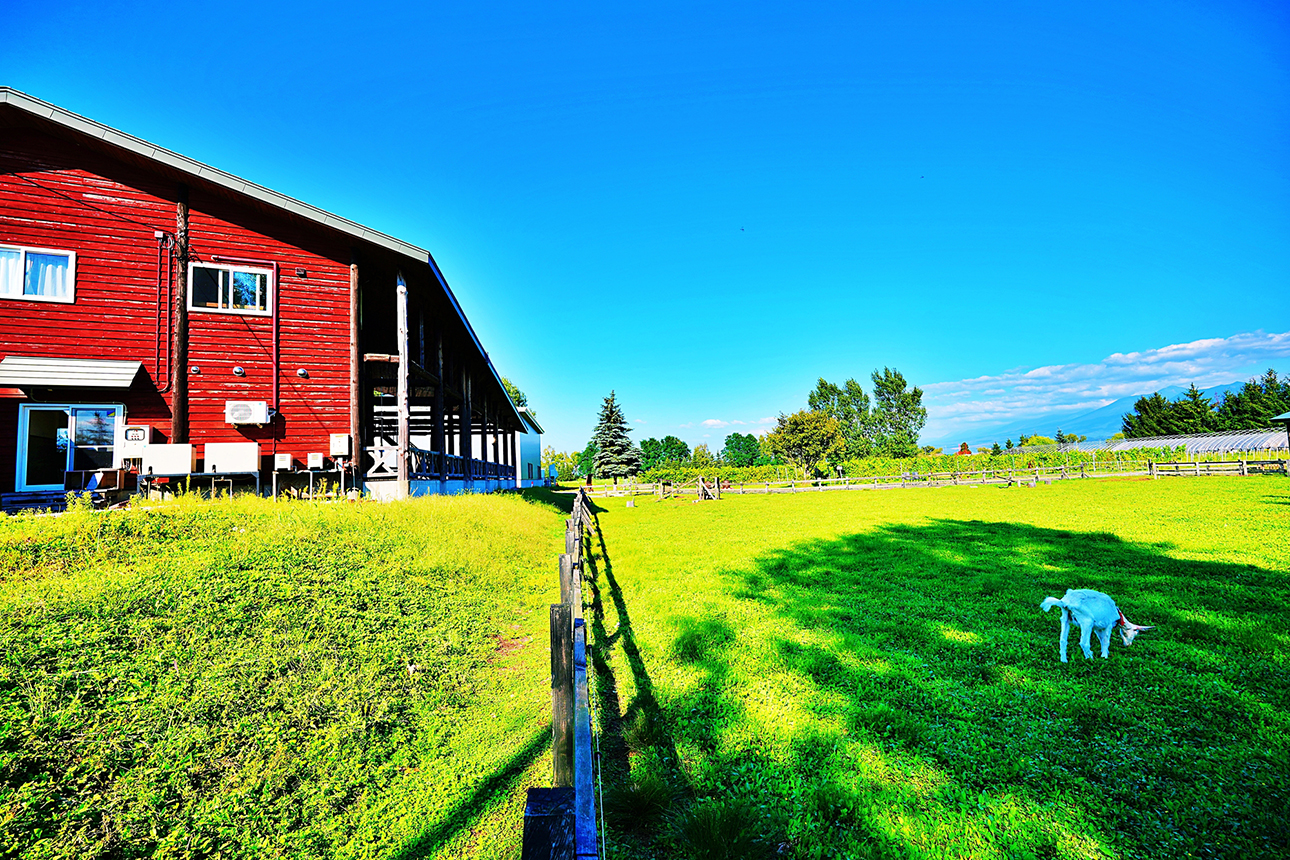
Beer: Beyond the Famous Star of Sapporo
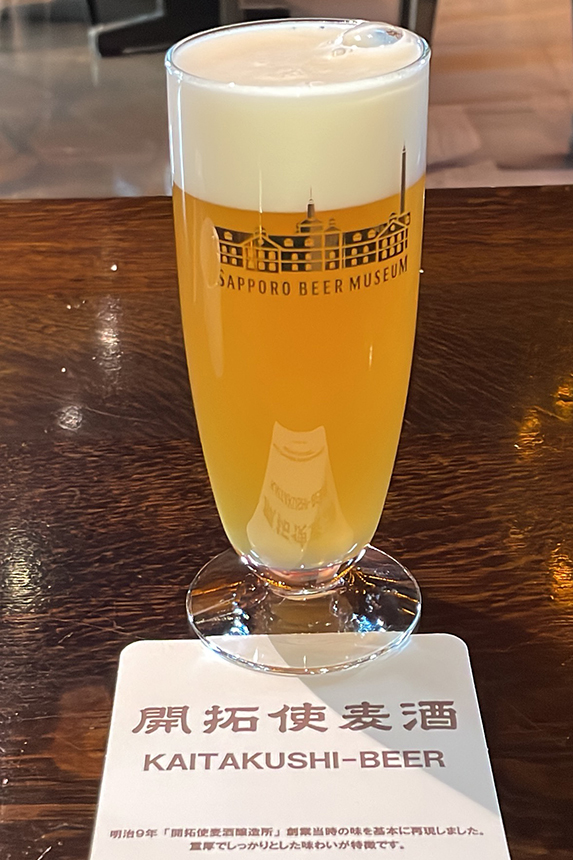
First things first: Sapporo is a city, not just a beer! But the beer is iconic for a reason. A visit to the Sapporo Beer Museum is a fantastic way to learn about the history of beer in Japan. Globally, Sapporo beer is recognized by its iconic silver can featuring a prominent golden star. This star is the North Star, or Polaris, a symbol deeply connected to Hokkaido’s history. It was the emblem of the Hokkaido Development Commission (Kaitakushi), the Meiji-era government pioneers who first developed the island and founded the brewery in 1876. Today, the star represents that enduring pioneering spirit and the brand’s proud Hokkaido heritage.
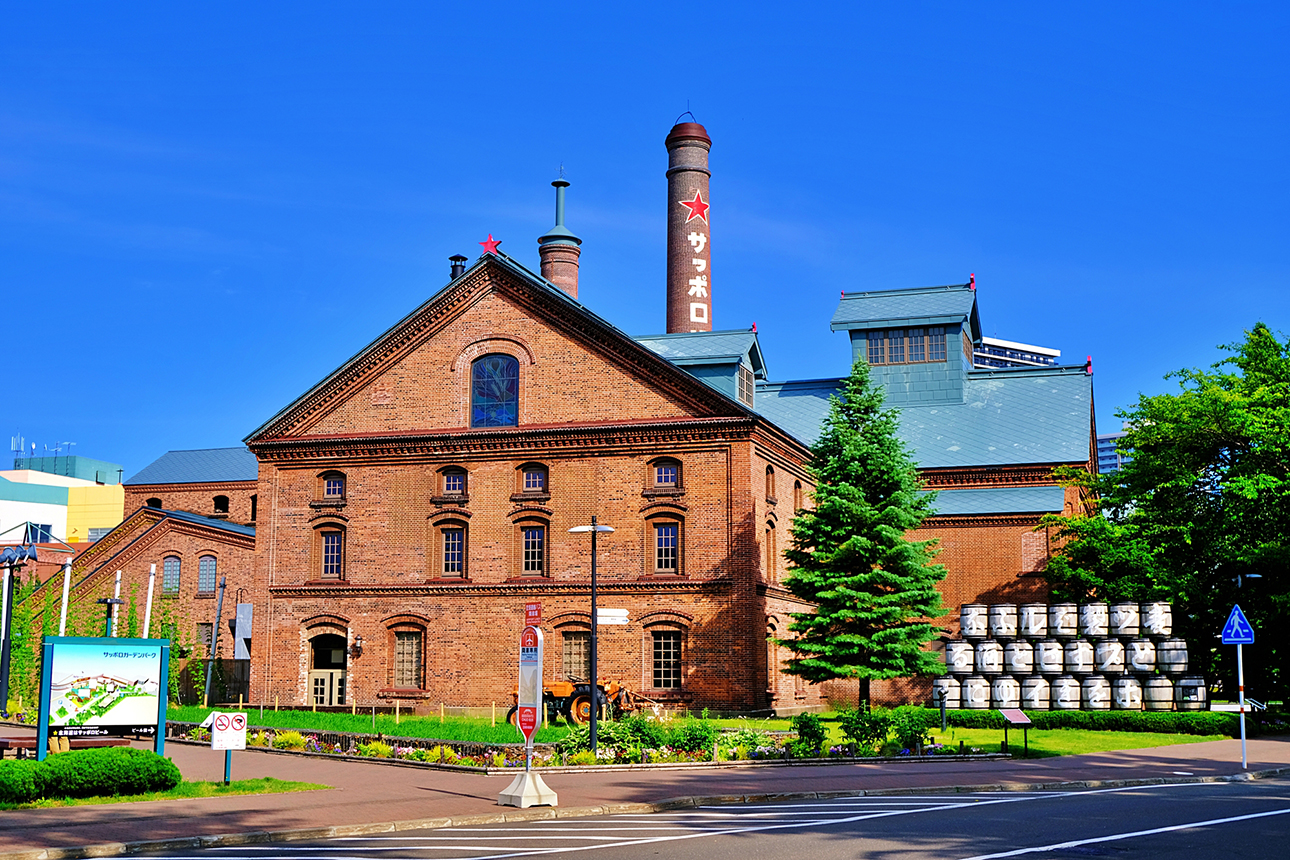
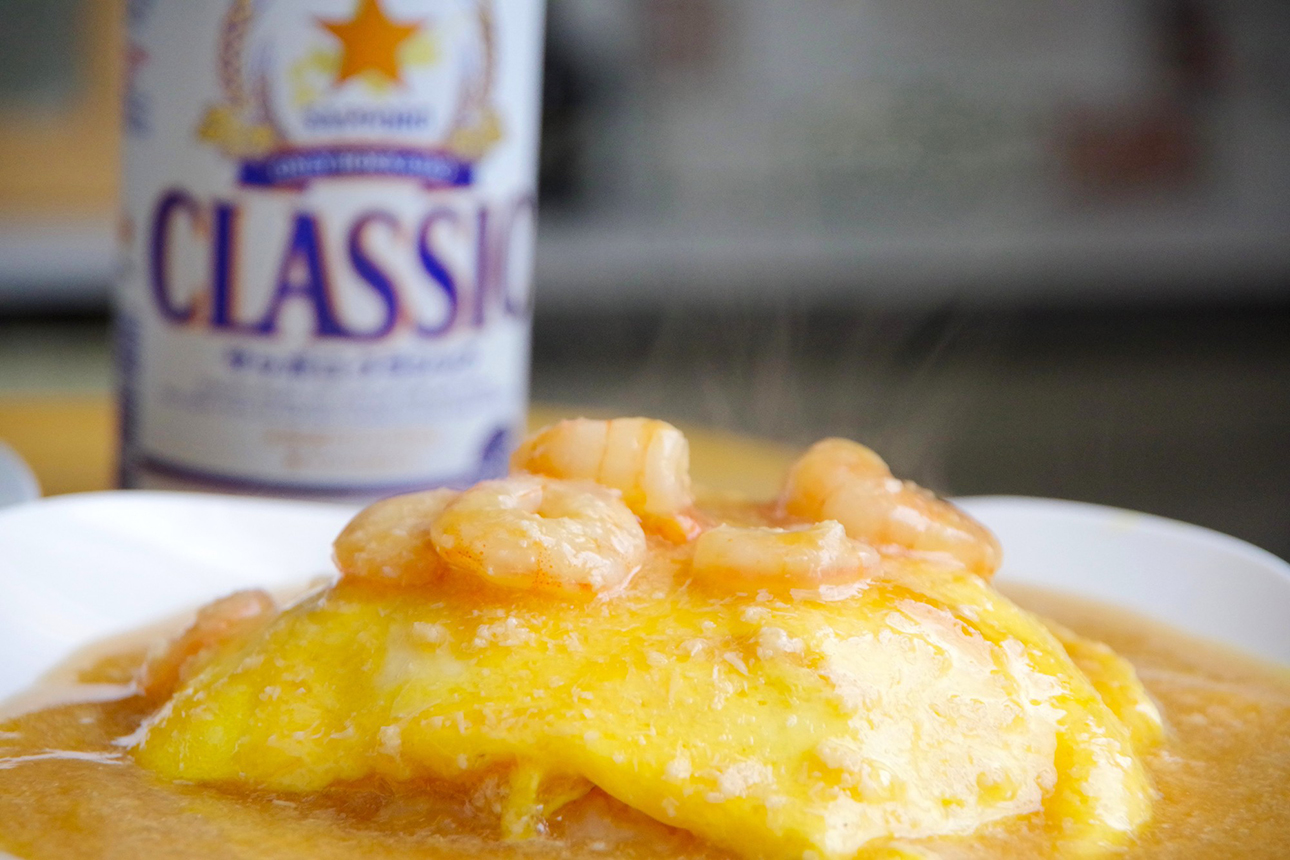
For comparison, did you know there is a Hokkaido-only beer called the “Sapporo Classic?” It is the beloved local version: a richer, 100% malt beer brewed and sold exclusively within the island of Hokkaido, making it a must-try taste of the region that you can’t find anywhere else in Japan (or elsewhere in the world, of course!).
For adventurers and those seeking a new, modern taste, Sapporo city is buzzing with craft breweries and cozy bars. Be sure to ask your travel consultant for these hidden-gem breweries within walking distance of your Sapporo hotel, or request a translator guide to join you and ensure you can converse with the locals!
Maki, a true beer connoisseur, has a lovely tradition whenever she explores further outside Sapporo City: “Wherever I go, I like to buy a local beer as a souvenir to bring back home.” Keep an eye out for local beers at every Hokkaido region you visit.
Part 2: The Michi-no-Eki Quest: Hokkaido’s Roadside Treasure Chests
Not Your Average Rest Stop
“Maki-san, can you describe what ‘Michi no Eki’ are?” I ask. “What I imagined when I first heard of these ‘roadstops,’ coming from Canada, was a gas station and fast food on the highway. That’s it,” I confessed. “But in Hokkaido, the concept of a roadside station, or Michi-no-Eki, is completely different, right?”
“For sure. Hokkaido is huge, so the original idea for Michi-no-Eki was to take a rest while you drive,” Maki explains. “That’s how it started. Now, it’s a destination to go out of your way to visit. Not just a rest, but a goal.”
“I totally understand that now,” I agree, after over 15 years living in Hokkaido and exploring the island. “My husband loves to take long drives. But for me, I need a goal like that. Sometimes I just look up a Michi-no-Eki for a unique dessert, and it’s perfect! Like, ‘let’s go eat that charcoal soft cream, or that sweet potato bread!’ Local rare finds like that.”
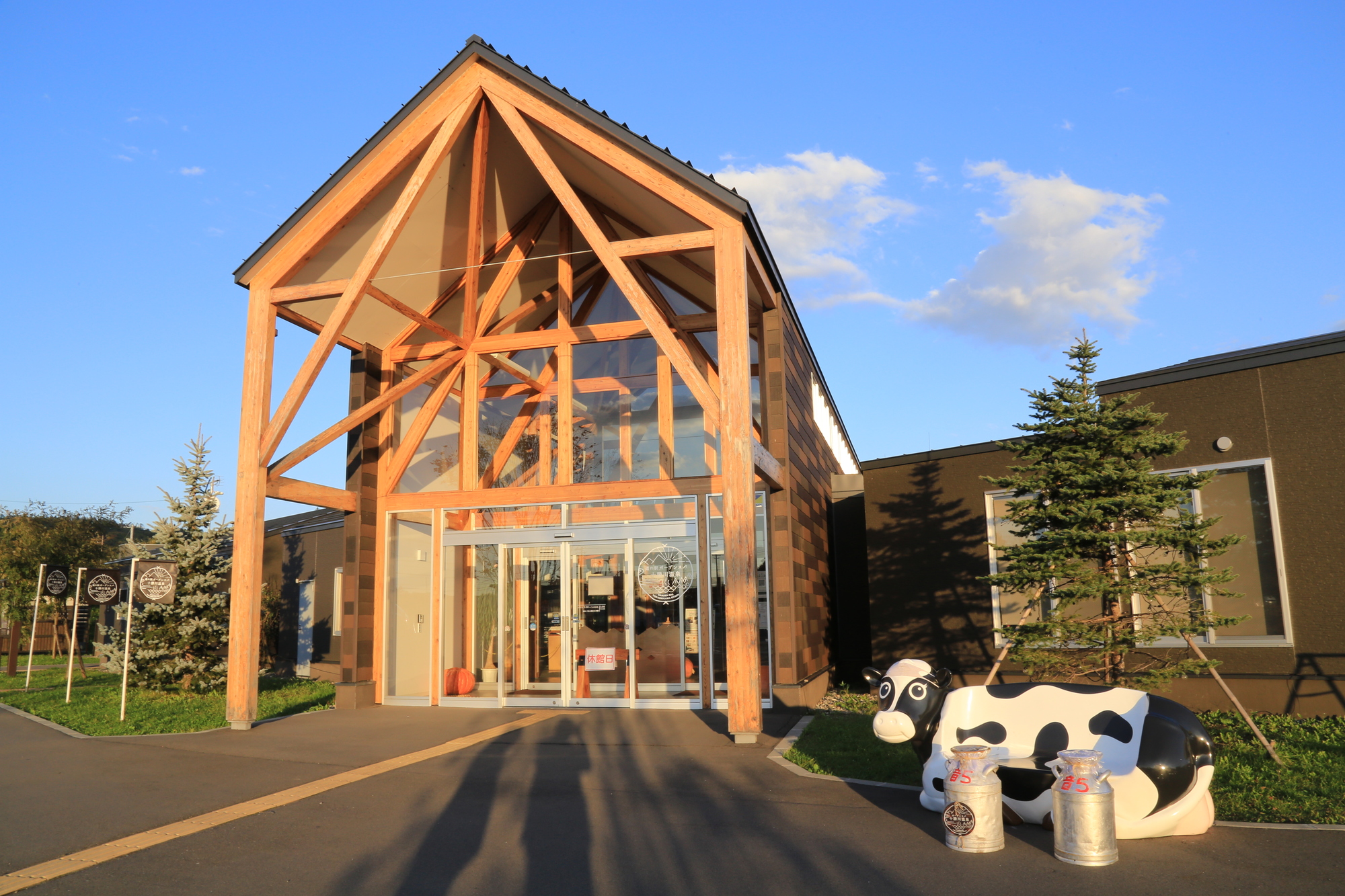
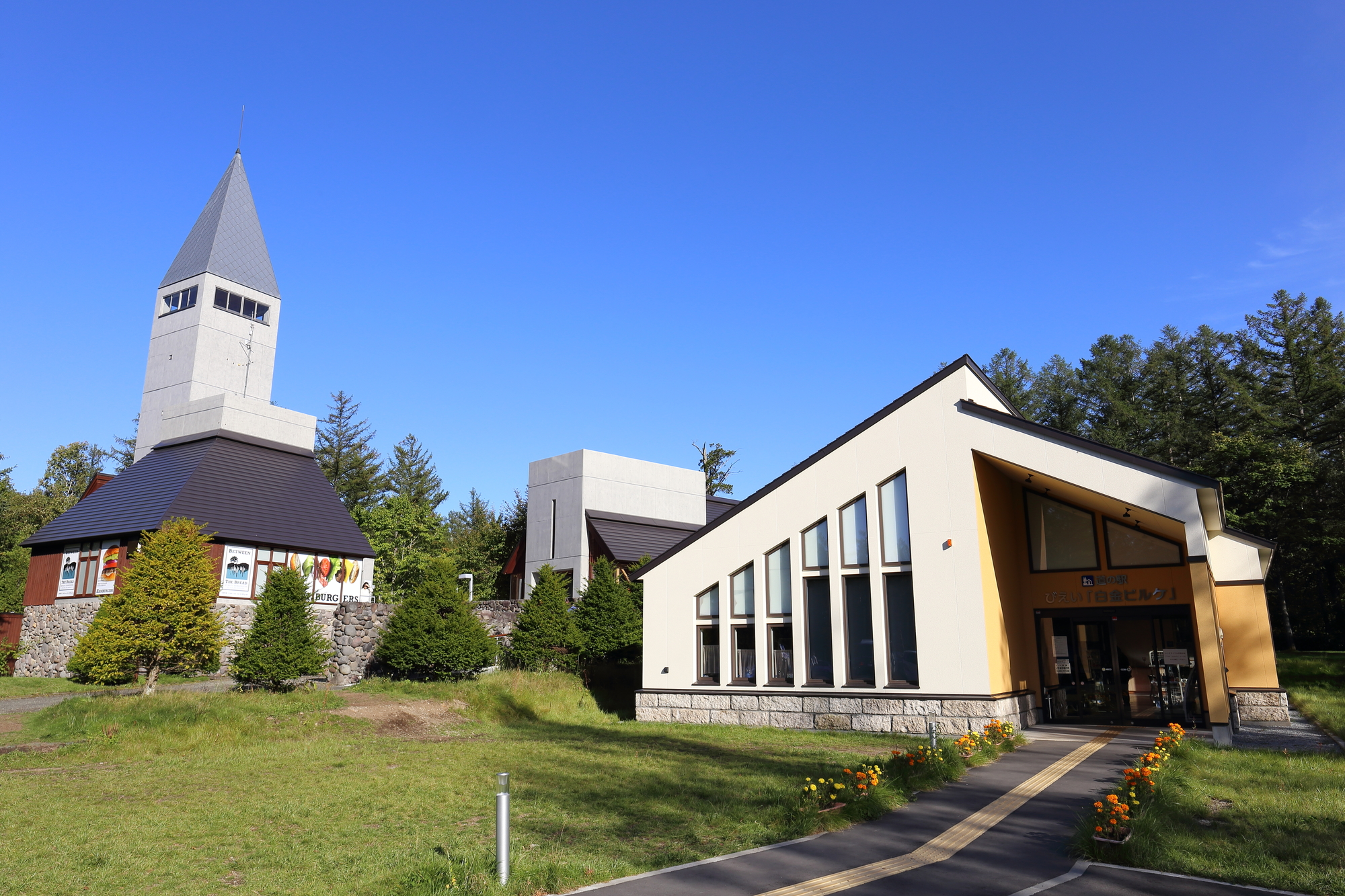
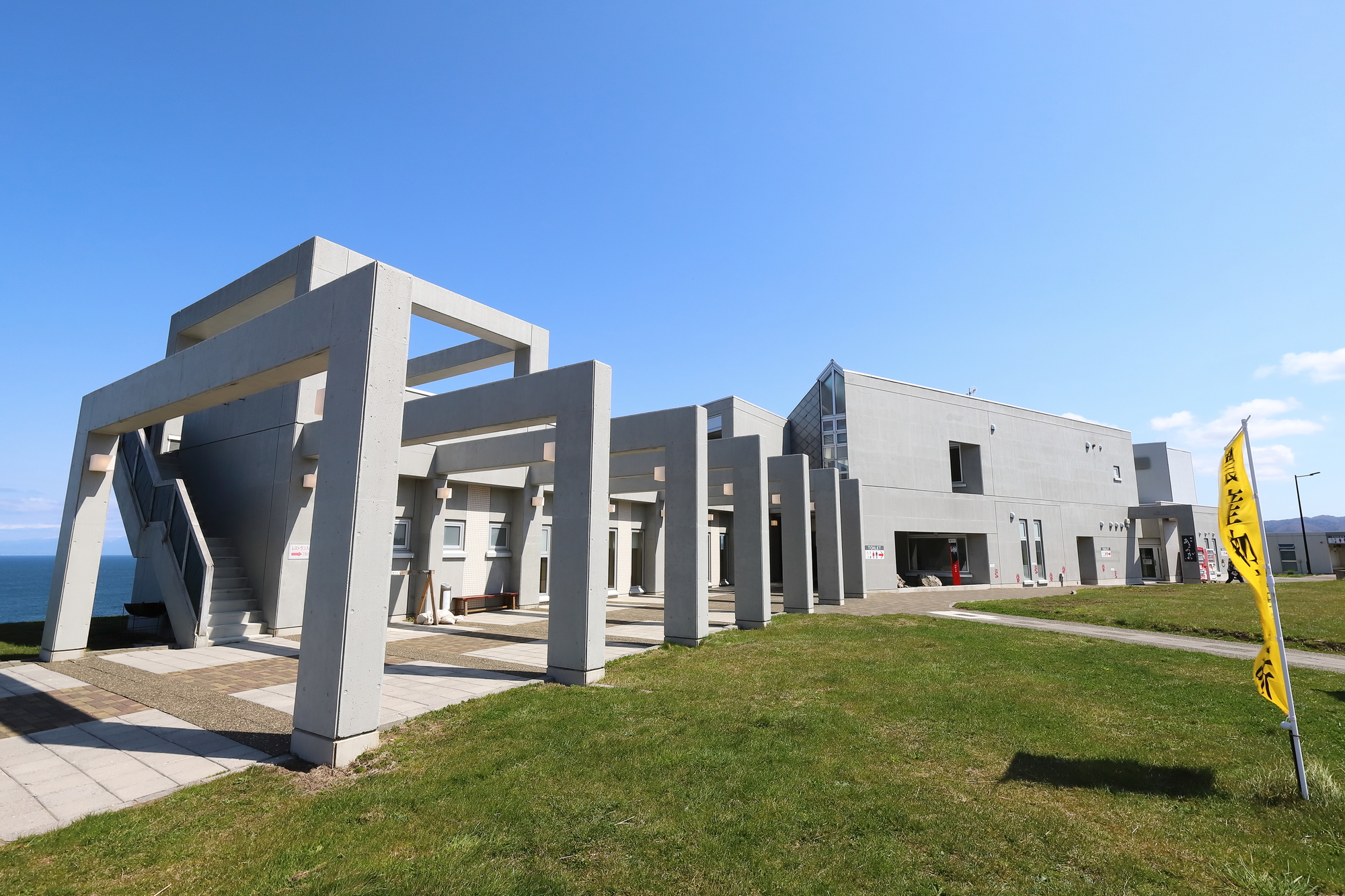
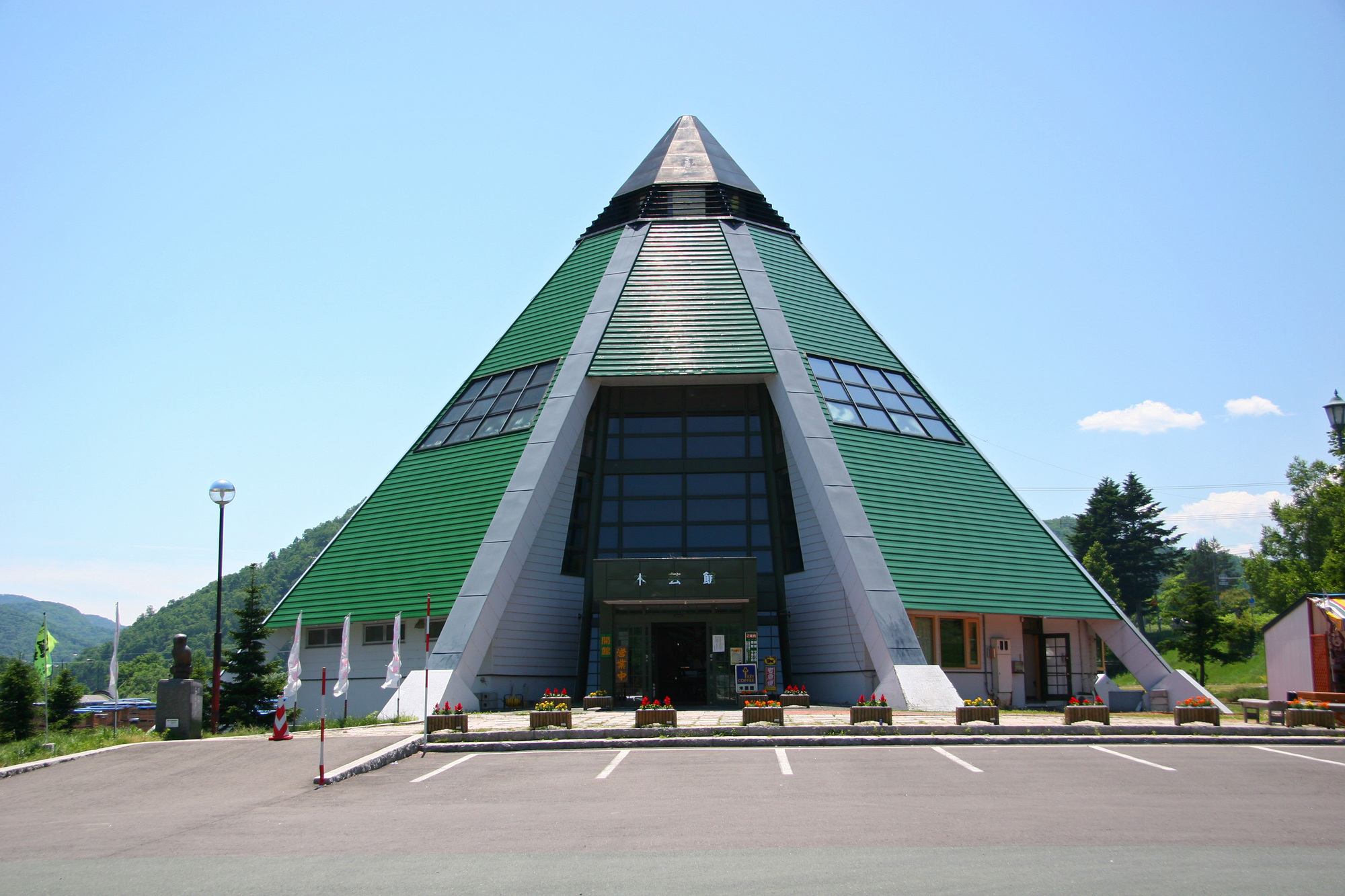
These road stations aren’t sterile service centers. They are vibrant community hubs, each with a unique local flair. You’ll find farmers selling fresh vegetables, local artisans selling handmade crafts, and incredible gourmet food you won’t find anywhere else. Uni (sea urchin) ice cream? Ikura (salmon roe) pudding? Yes, they exist! “If you don’t go to those Michi-no-Eki stations, you’d never know something like that existed,” Maki says.
They are also social gathering hubs. “When you get there, the local grandpas and grandmas are all just sitting there, chatting away,” Maki says with a laugh. “Some places have hot springs in them, it’s almost like a community center… It’s full of life.”
Gotta Visit ‘Em All: The Hokkaido Gachapon Pin Badge Collection Rally
For Maki, the Michi-no-Eki became more than just a stop; they became the destination, thanks to a unique challenge. She pulls out a large cork map of Hokkaido, carefully decorated with her collection of Gachapon pin badges of every road station she’s ever visited.
As of late 2025, there are 129 Michi-no-Eki in Hokkaido, the most of any prefecture in Japan. At each one, you can find a gachapon (capsule toy) machine that dispenses a unique pin badge for that specific station, for a cost of just 100 yen. The goal? Just one is nice to put on your backpack, of course. But why not collect them all and fill your Hokkaido map?
This quest has taken Maki all over the island. In just one year, she has collected pins from nearly 100 different stations. “I even went to Wakkanai (Japan’s northernmost city) just to get the pin,” she says. “Without the Michi-no-Eki as my goal, I wouldn’t have convinced myself to go that far.”
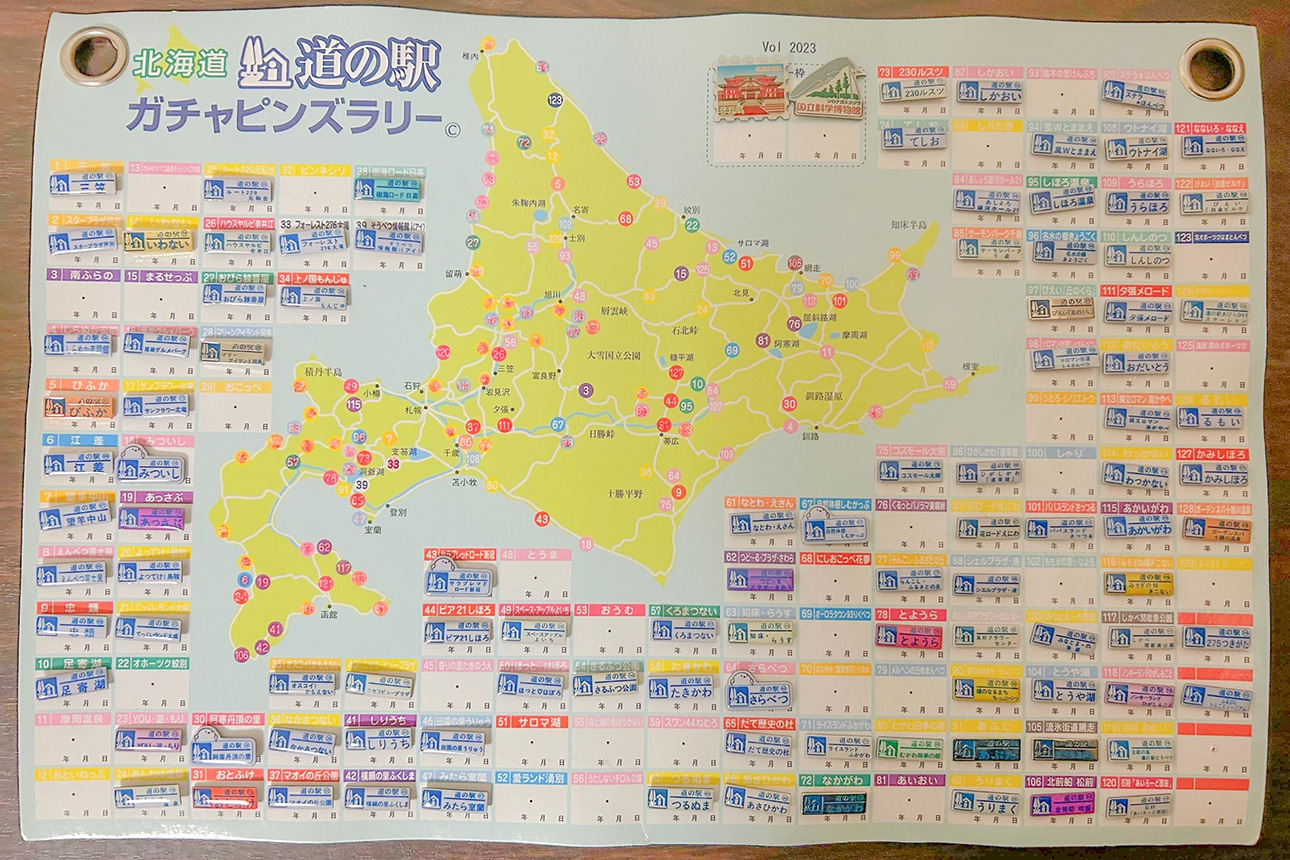
Looking for other things to do in Wakkanai, Hokkaido? Boast that you have a photo standing at Cape Soya, the Northernmost Point of Japan! On a clear day, you can even see the faint silhouette of Sakhalin Island, Russia, just 43 kilometers away. See breathtaking views of Rishiri and Rebun Islands: I’ll never forget the sunset I saw behind the perfectly conical Mt. Rishiri, often called “Rishiri-Fuji,” which rises dramatically from the sea. The neighboring “flower island” of Rebun is also a fun place to cycle around during the warmer months of June to August. A paved road follows the coastline around most of the island, offering a scenic loop of approximately 50 kilometers; Now that’s a workout! Best suited for experienced or physically fit cyclists, those who want to challenge themselves can rent an electric-assist bicycle (e-bike) near the ferry terminal. This is a very popular and highly recommended option for most visitors. For a truly unique gourmet and cultural experience, you can join local fishermen to harvest fresh sea urchin (uni). Wakkanai is famous for its high-quality, sweet, and briny uni. This hands-on activity allows you to learn the harvesting process and taste the delicacy at its absolute freshest, often right on the boat or on the shore just moments after it’s been pulled from the pristine northern waters.
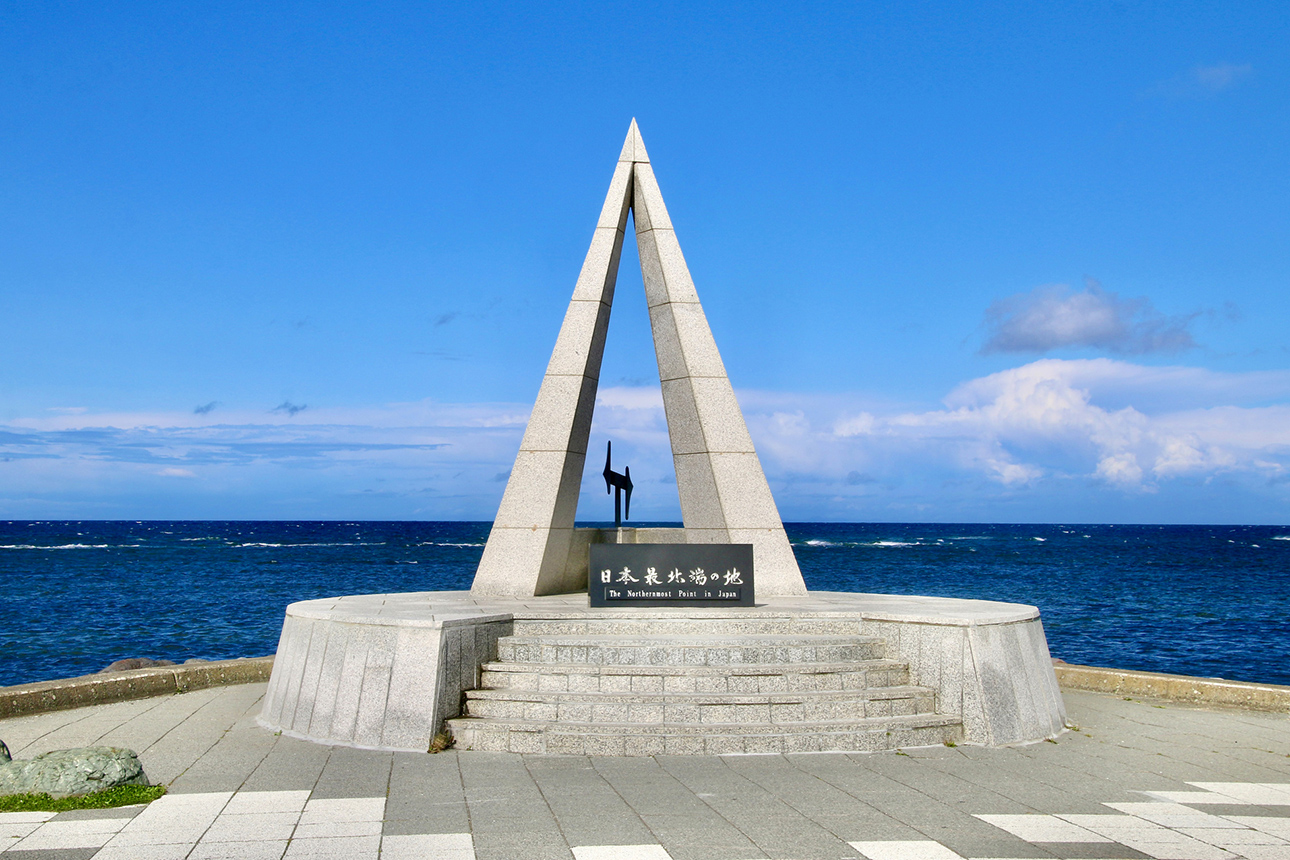
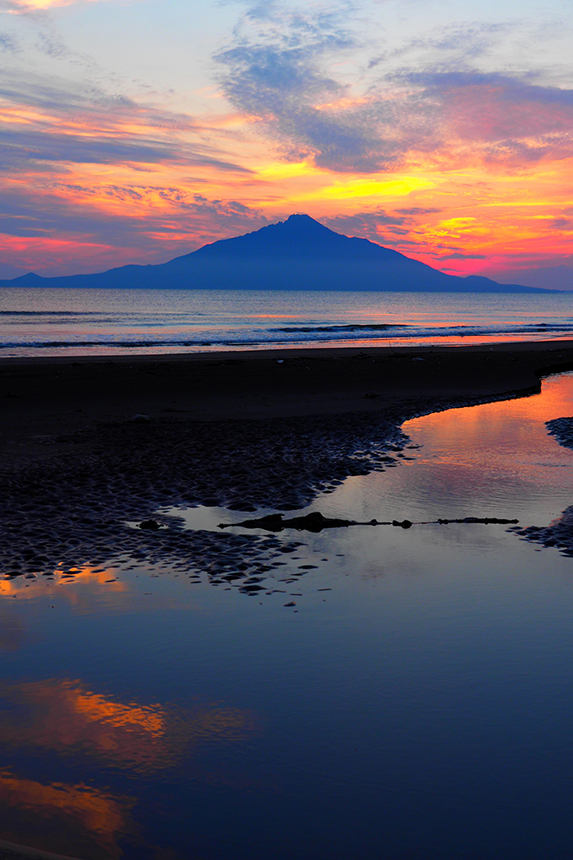
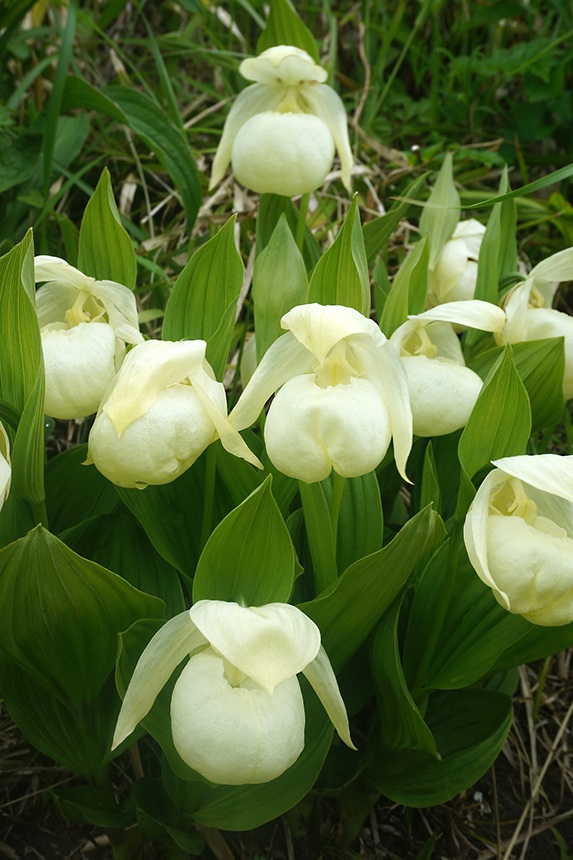
Chisan-Chishō: A Taste of Local Life
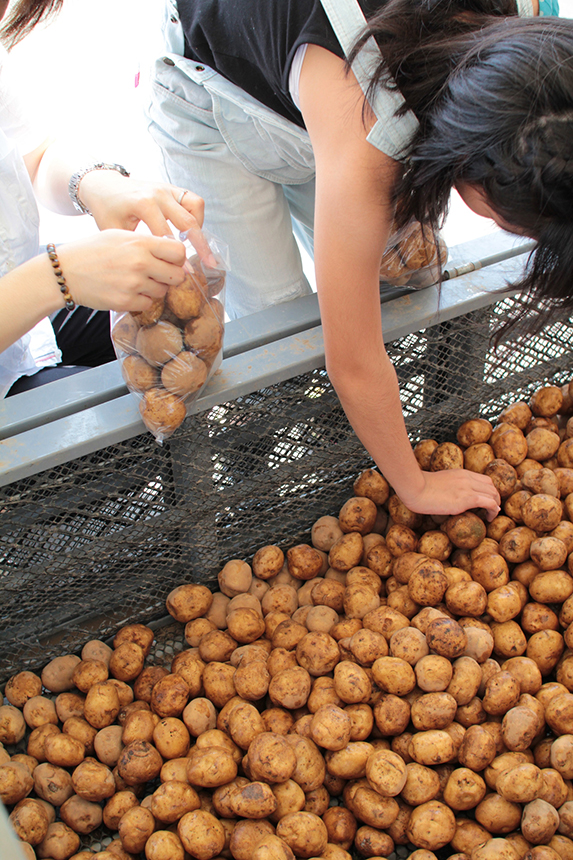
This Michi-no-Eki rally is more than a game; it’s a wonderful way to participate in a core Japanese cultural concept: chisan-chishō (地産地消), which means “local production for local consumption.” This philosophy emphasizes the importance of eating fresh, seasonal food grown and harvested by the local community. Visiting a Michi-no-Eki is the purest way to experience this. You’re not just buying a souvenir; you’re directly supporting local farmers and artisans.
“There are a lot of people who like to go to local supermarkets when they visit other countries, right? Because you want to shop like the locals, see what the locals eat. It’s fun, right?” Maki asks. “Michi-no-Eki is exactly that!”
Maki’s Must-Visit Roadside Stations
With 129 Hokkaido Michi-no-Eki to choose from (as of late 2025), where should you start? Here are a few of Maki’s recommendations:
・For Vegetables (and Chocolate!): Tobetsu.
Famous for its fresh produce, especially from June to November. It’s also conveniently located near the Royce’ Cacao and Chocolate Town, making for a delicious day trip.
・For Strawberries: Toyoura.
Maki raves about the strawberries here in June. “I drive out all the way to Toyoura… just to buy those strawberries,” she says. The station’s special strawberry crepe is also a highlight.
・For Kids on a Rainy Day: Engaru “Forest Saloon”.
This Michi-no-Eki is famous for its massive indoor wooden playground, a lifesaver for families when the weather isn’t cooperating.
・For Pork Lovers: Shiranuka “Koitoikan”.
This is actually my (Isis’) favorite stop in Eastern Hokkaido, near the Kushiro Marshlands. “My favorite Butadon (pork rice bowl) is there.” The building was recently renovated (late April, 2025) and features a special “love postbox”—legend says letters mailed from it receive extra love, or extra luck for those who need it! 😉
Part 3: The Anime Pilgrim’s Guide to Hokkaido
“Many people come to Japan because they’re huge anime fans,” Maki says, and she’s right. It’s a global phenomenon, and for many, a trip to Japan is a chance to step into the world anime fans have only seen on screen.
Beyond Akihabara: Why Anime Fans Must Visit Hokkaido
While Tokyo’s Akihabara district may be the famous hub for otaku (die-hard fan) culture, Hokkaido offers something different: the chance to visit the actual settings of beloved stories. This is known as seichi junrei, or “sacred site pilgrimage.”
Golden Kamuy: A Journey into History, Ainu Culture, and the Wild North
If there’s one anime that every adult visiting Hokkaido should watch, Maki insists it’s Golden Kamuy. Set in the early 20th century, this epic adventure follows a war veteran and a young Ainu girl as they search for a hidden treasure, guided by a map tattooed on the bodies of escaped convicts.
“You can really understand how vast and wide Hokkaido is through this manga and anime,” says Maki. The story takes characters through real locations like the port towns of Otaru and Hakodate, the city of Asahikawa, and the imposing Taisetsu-zan mountains. A custom Golden Kamuy tour could have you:
・Visiting Abashiri Prison Museum:
A key location in the series, where you can see the historical prison buildings.
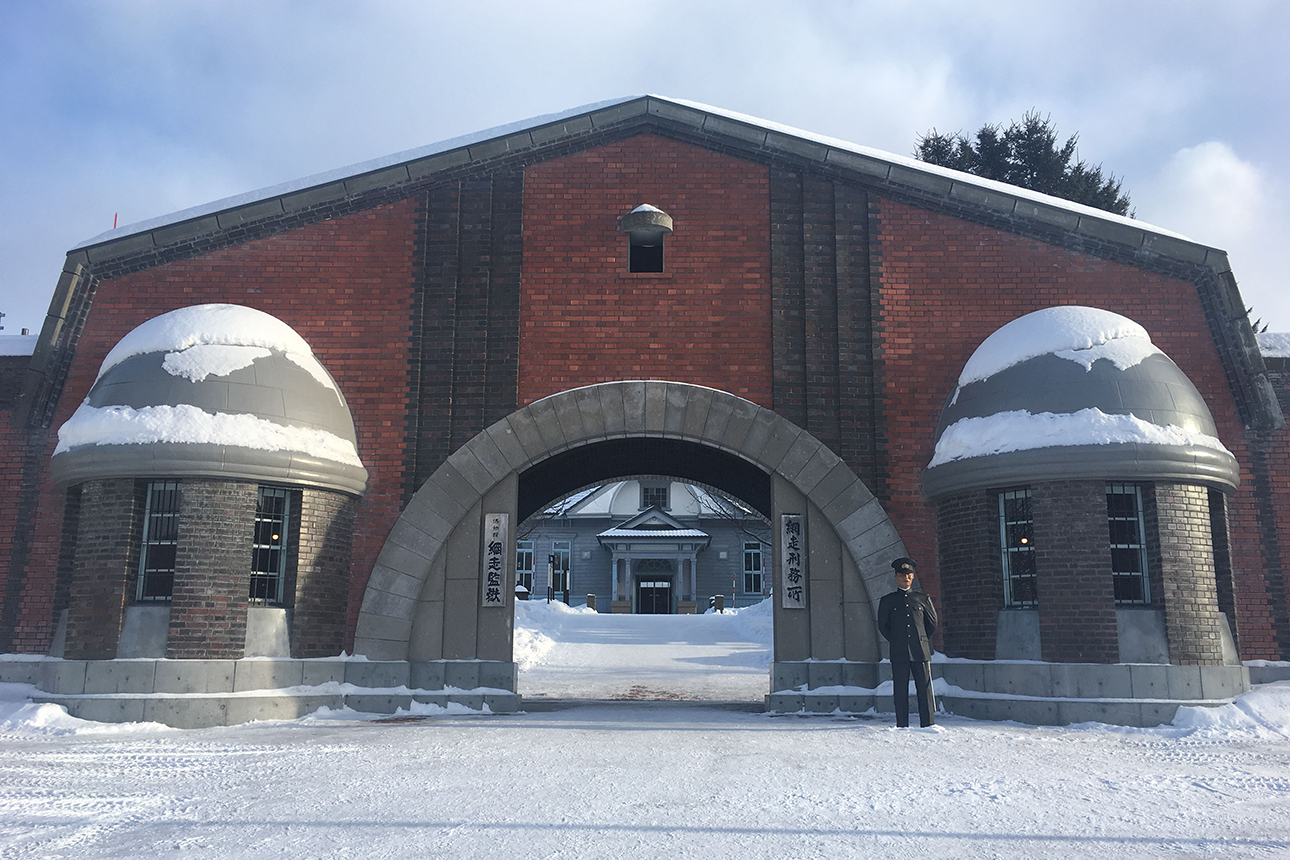
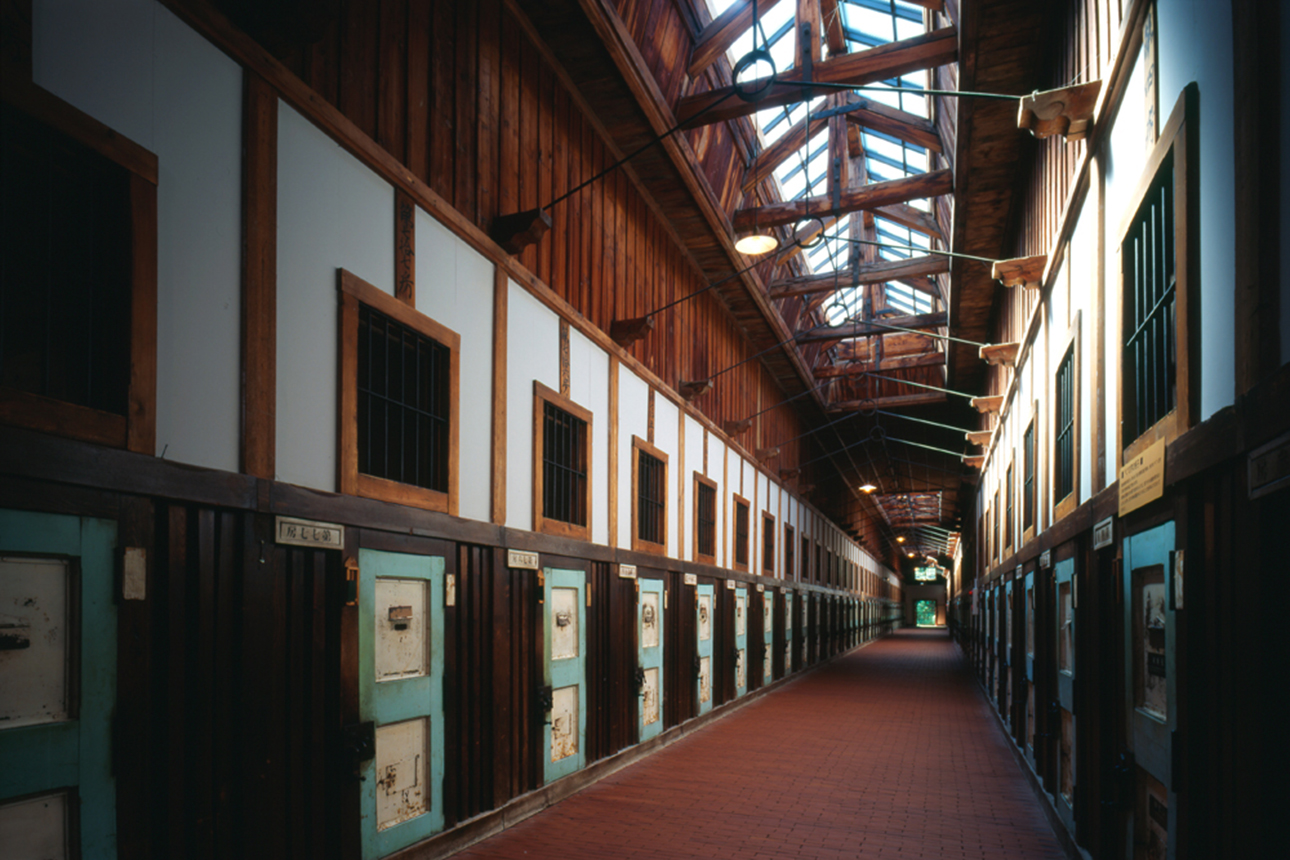
・Exploring Ainu Culture at Upopoy:
The National Ainu Museum and Park in Shiraoi is an essential stop to learn about the indigenous people of Hokkaido, whose culture is central to the anime’s story.
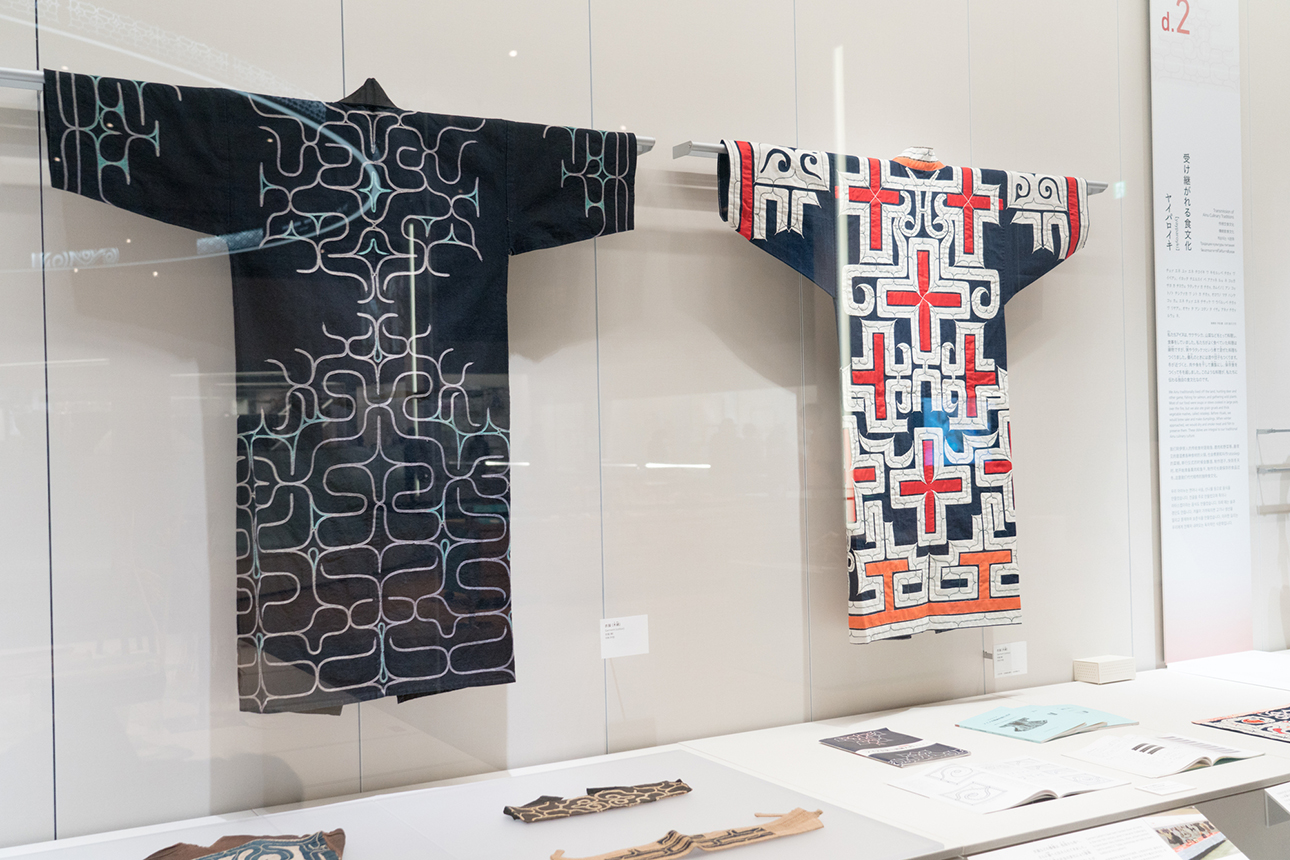
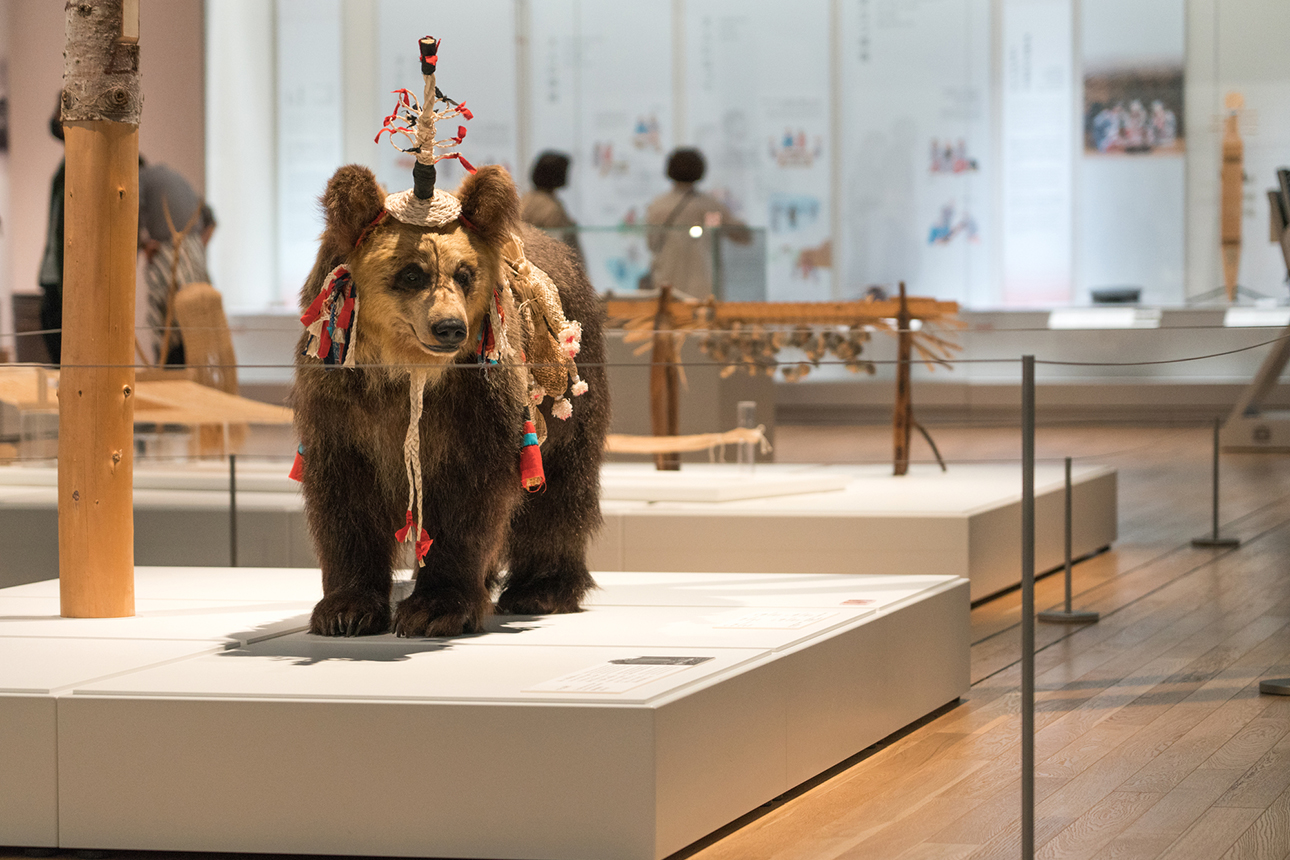
・Tasting Ainu Gastronomy:
The anime vividly depicts the food and lifestyle of the Ainu people, offering a unique window into the island’s culinary history. You can try some of these foods at the Upopoy mentioned above or the Lake Akan local Ainu restaurants.
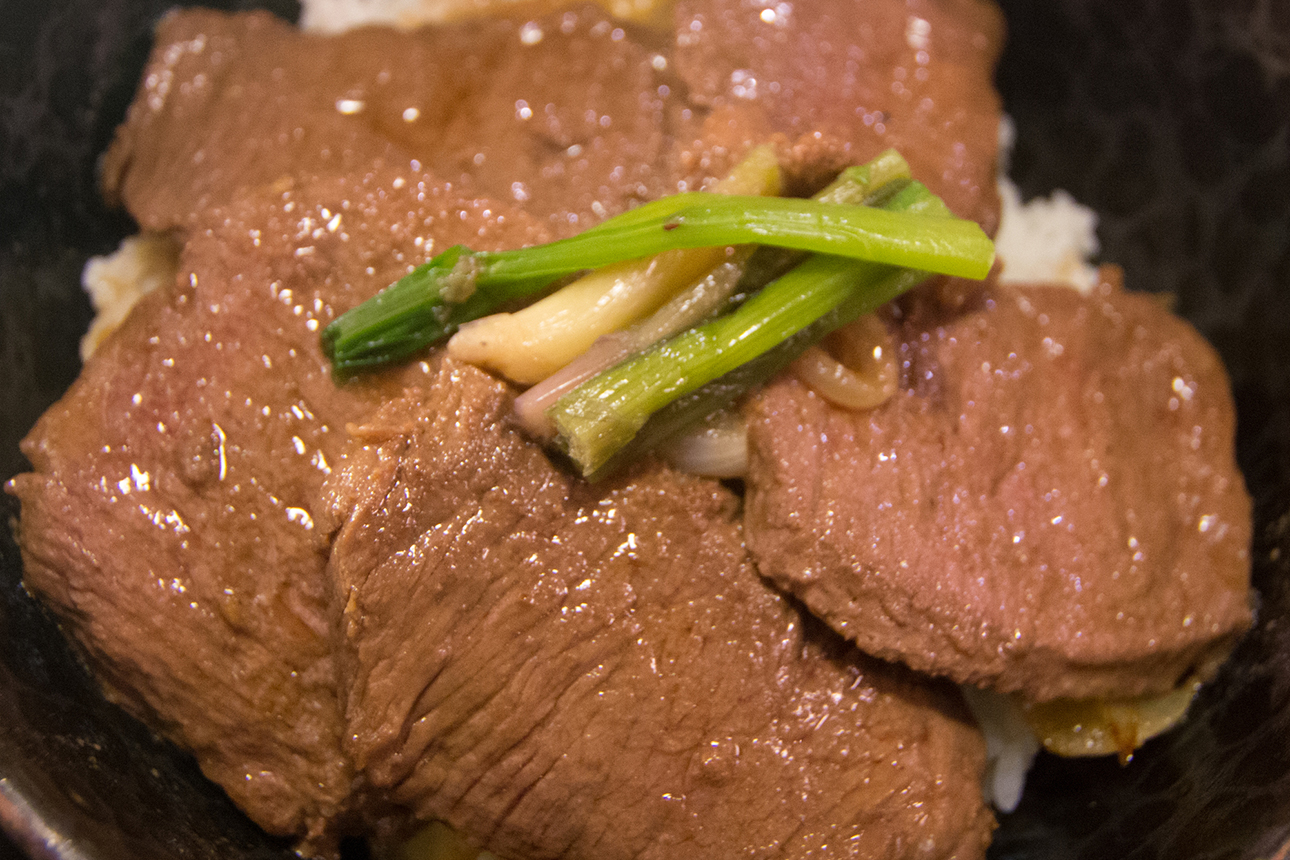
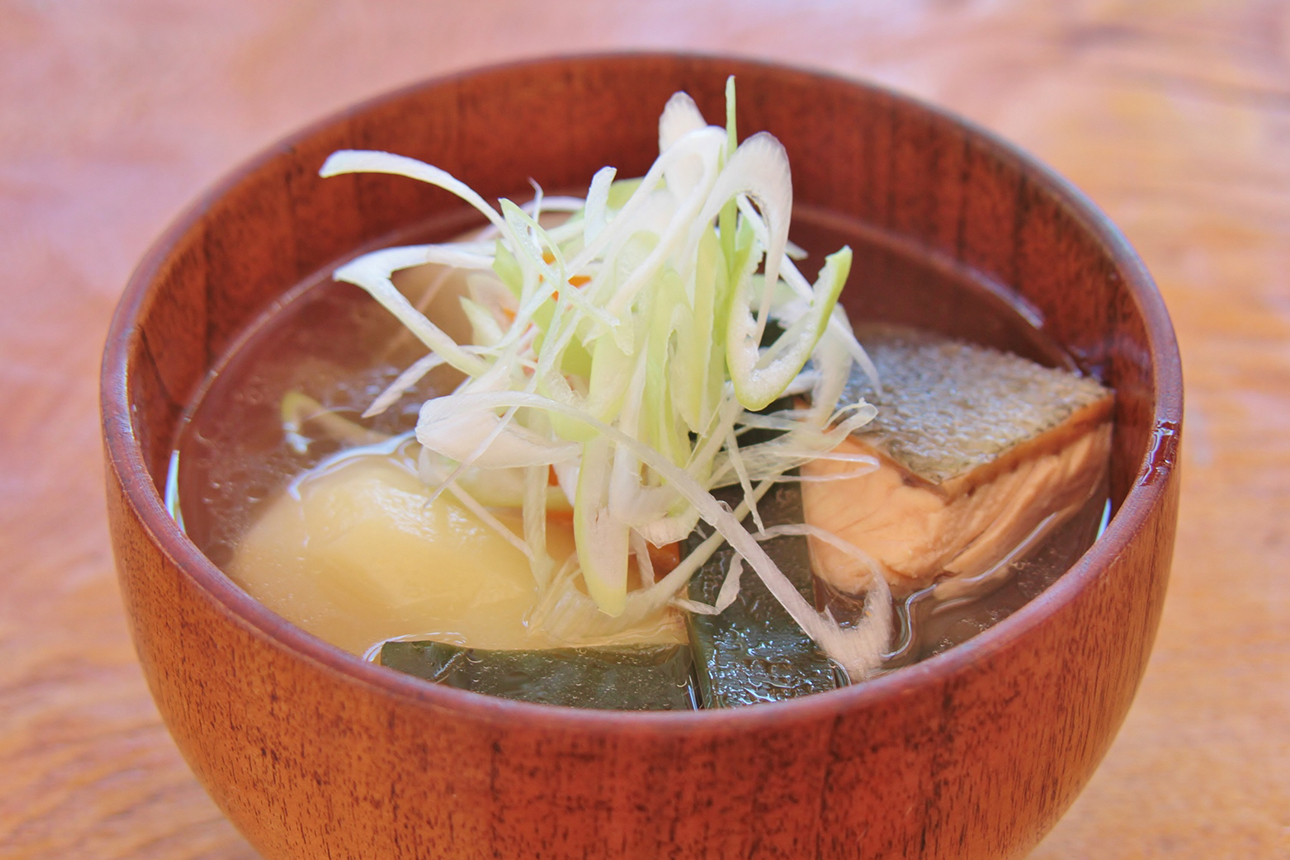
Ainu museums are located all over the island of Hokkaido. Be sure to ask your guide to find one that suits your itinerary; it’s worth the trip!
Hokkaido Anime Landmarks: From Farm Schools to Seaside Cities
Hokkaido is the backdrop for many other famous anime series:
・Gin no Saji (Silver Spoon):
Written by the creator of Fullmetal Alchemist, this slice-of-life anime is set in a fictional agricultural high school based on a real one in Obihiro City. Obihiro is the heart of the Tokachi region, Japan’s agricultural powerhouse, a reality perfectly captured in the farming anime Gin no Saji. Its vast plains and cool climate have made it Japan’s “dairy kingdom,” while its staggering food self-sufficiency rate of over 1,300% allows it to supply a huge portion of Japan’s domestic wheat, sugar beets, and potatoes to the rest of the country. This incredible bounty is celebrated in a proud farm-to-table gastronomy culture, famously represented by the hearty local pork rice bowl, Butadon.
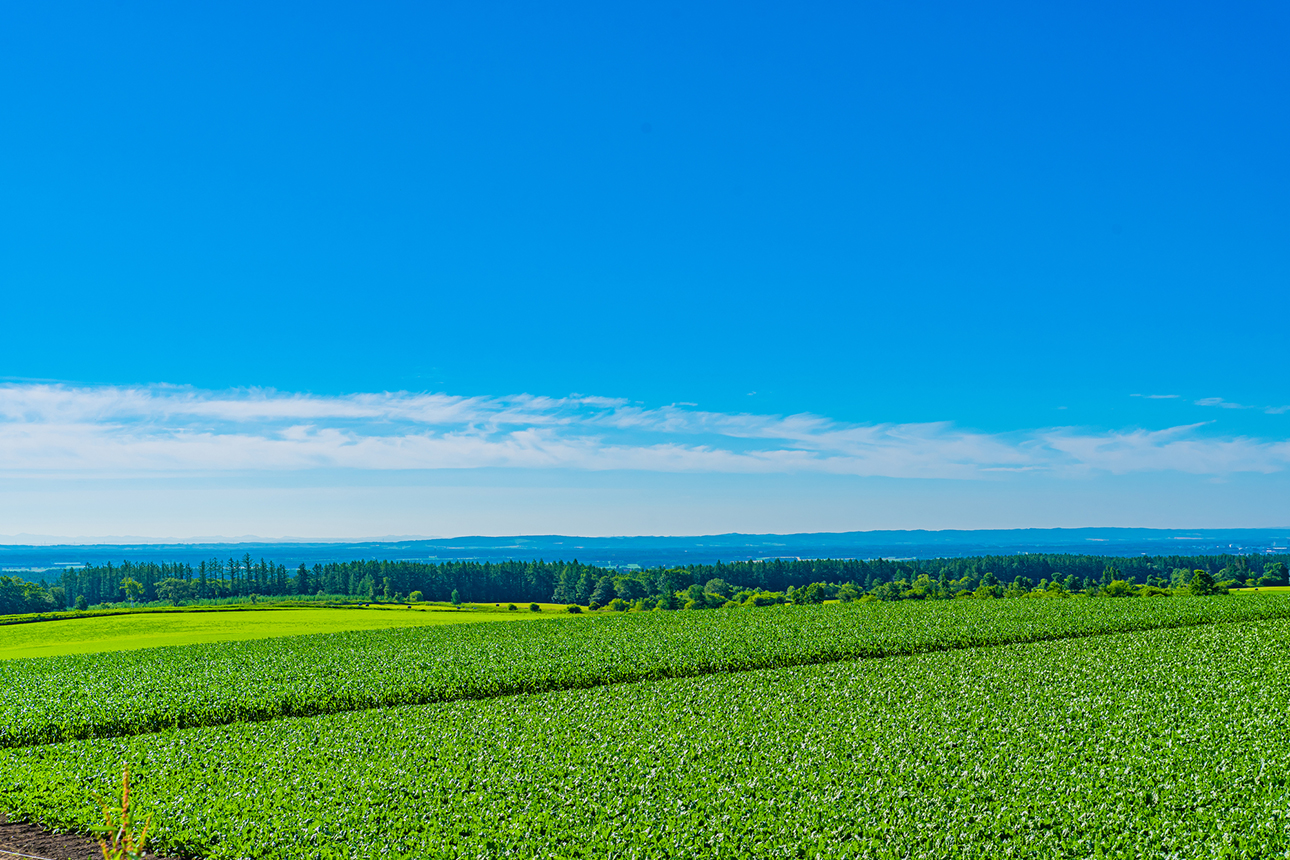
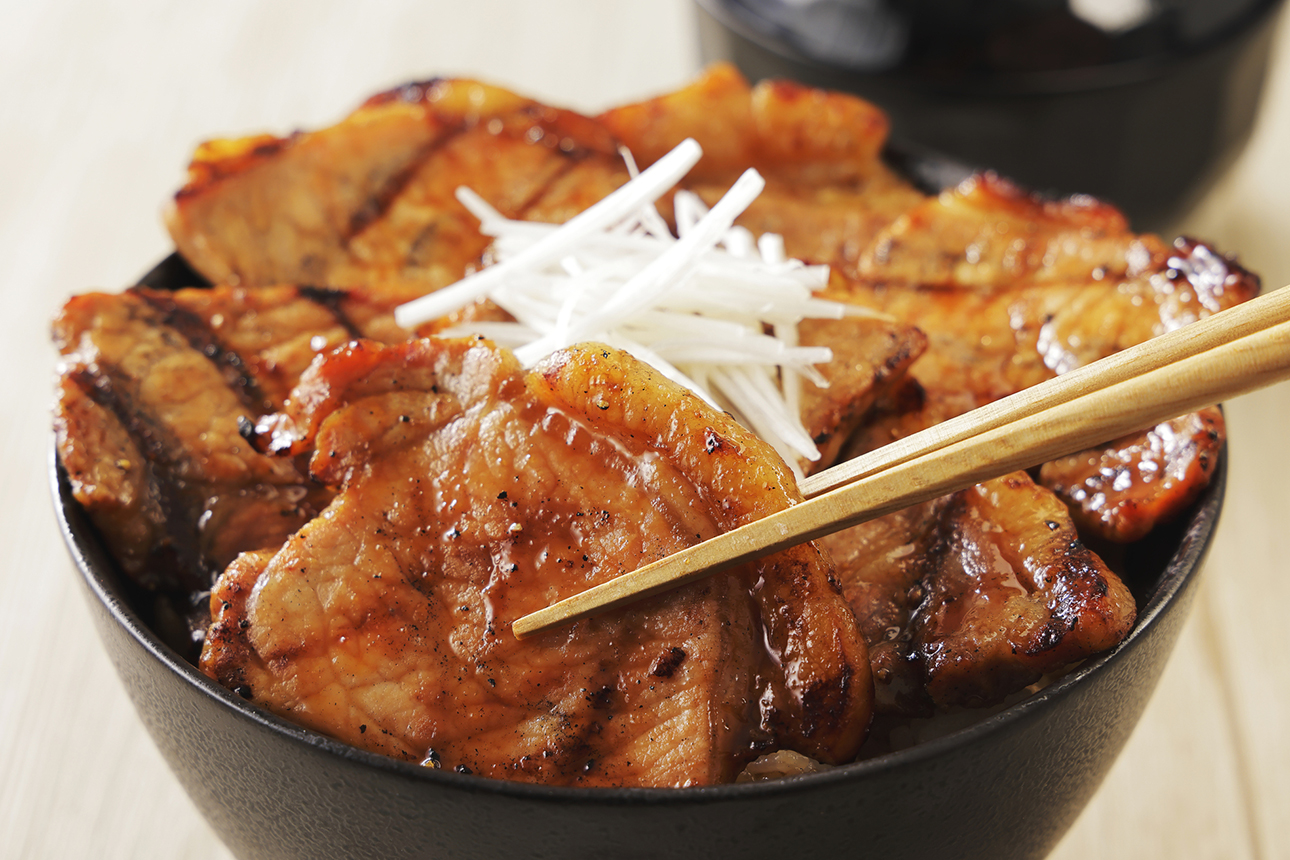
・Detective Conan: The Million-dollar Pentagram:
The 2024 movie in this blockbuster franchise is set entirely in Hakodate. In Japan, Detective Conan (known as Case Closed in some countries) is far more than just a popular anime; it is a cultural institution with a level of recognition comparable to The Simpsons in America. The manga began in 1994, and the anime has aired weekly on prime-time television since 1996. This means that the parents of today’s elementary school students grew up watching the very same detective solve cases. This incredible longevity has made the characters household names across multiple generations. The franchise’s “blockbuster” status comes from its annual feature films. Every spring, a new Conan movie is released, and it is a major cinematic event that consistently dominates the Japanese box office, often earning more than Hollywood’s biggest blockbusters in the country. The film set in Hakodate, Hokkaido, is a recent example of these massive, yearly releases. “The locations in the movie… look exactly like the real thing!” Maki exclaims. “In Japan, everyone watches Conan.” The series’ presence is unavoidable, with its characters featured in everything from public service announcements to regional tourism campaigns and stamp rallies. One such stamp rally is obvious when you walk the streets of Hakodate (in 2025): you can visit the film’s key locations and take photos with life-size panels of anime characters.
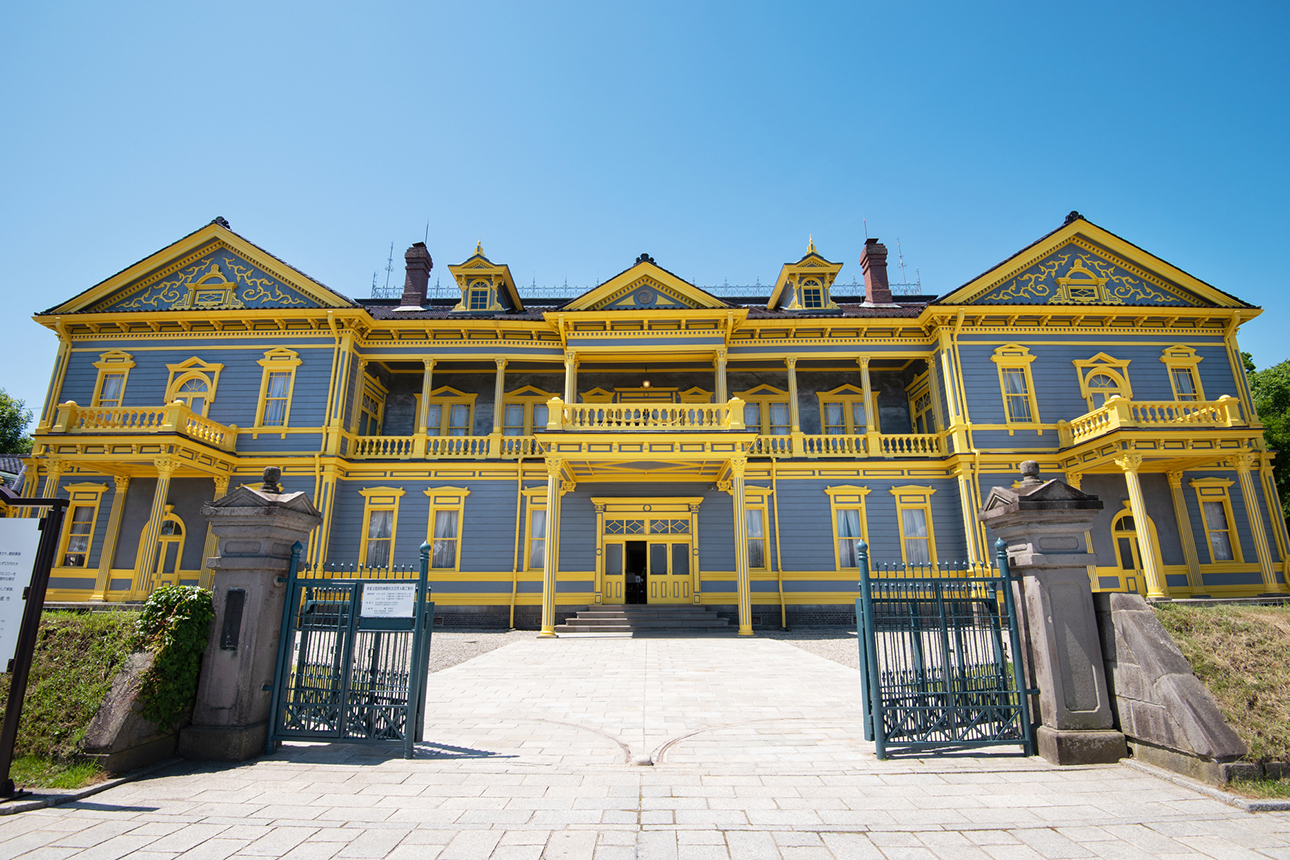
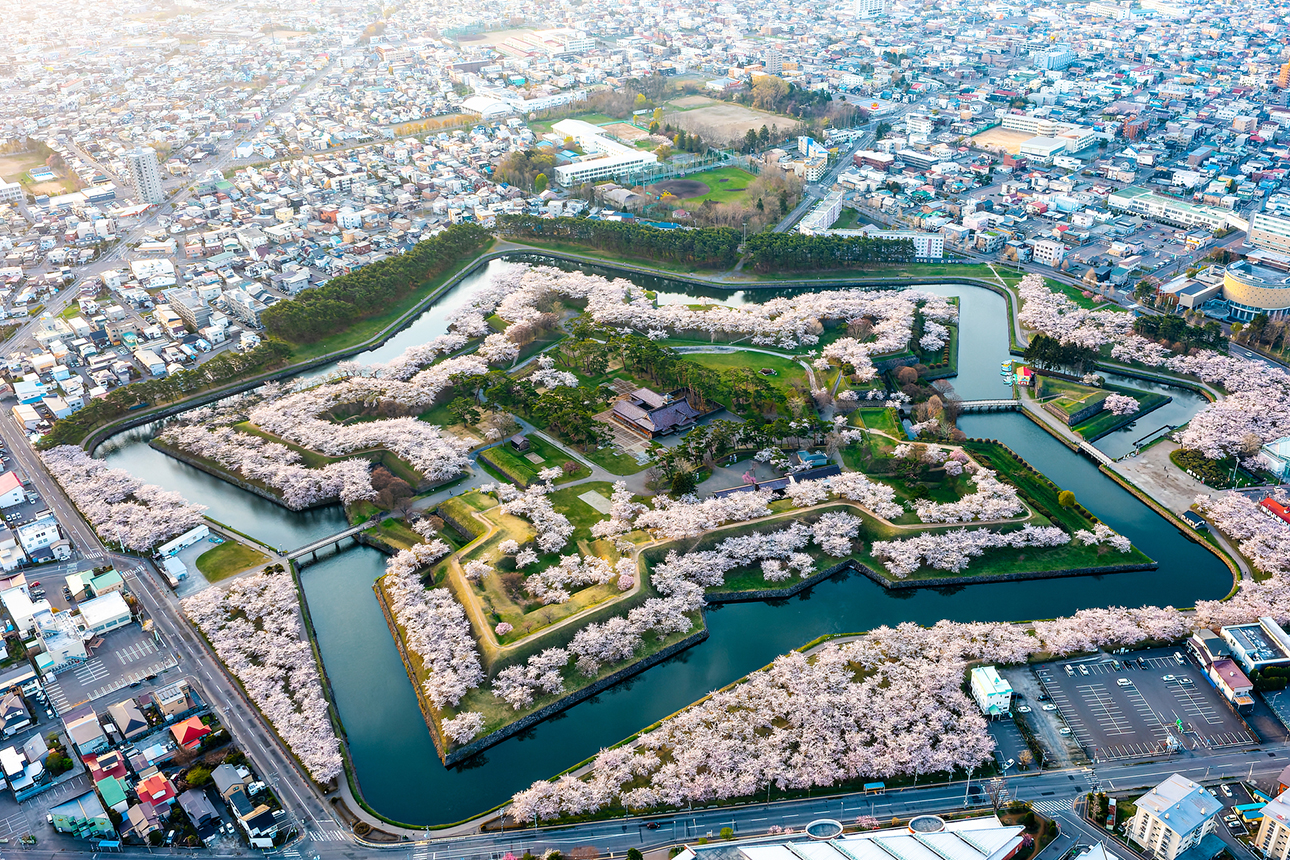
・Lupin the 3rd:
The creator of this iconic series, Monkey Punch, hailed from Hamanaka Town in eastern Hokkaido, and the town is filled with tributes to its most famous anime artist, with a museum and original prints. Lupin the 3rd is an iconic manga and anime franchise that began in the late 1960s, with the first TV series airing in 1971. The story follows the globe-trotting adventures of master thief Arsène Lupin III, the grandson of the famous fictional French gentleman thief. Along with his loyal crew—a stoic sharpshooter, a silent samurai, and a cunning femme fatale—Lupin pulls off impossible heists of priceless treasures, all while being relentlessly pursued by the comically obsessed Inspector Zenigata of Interpol.
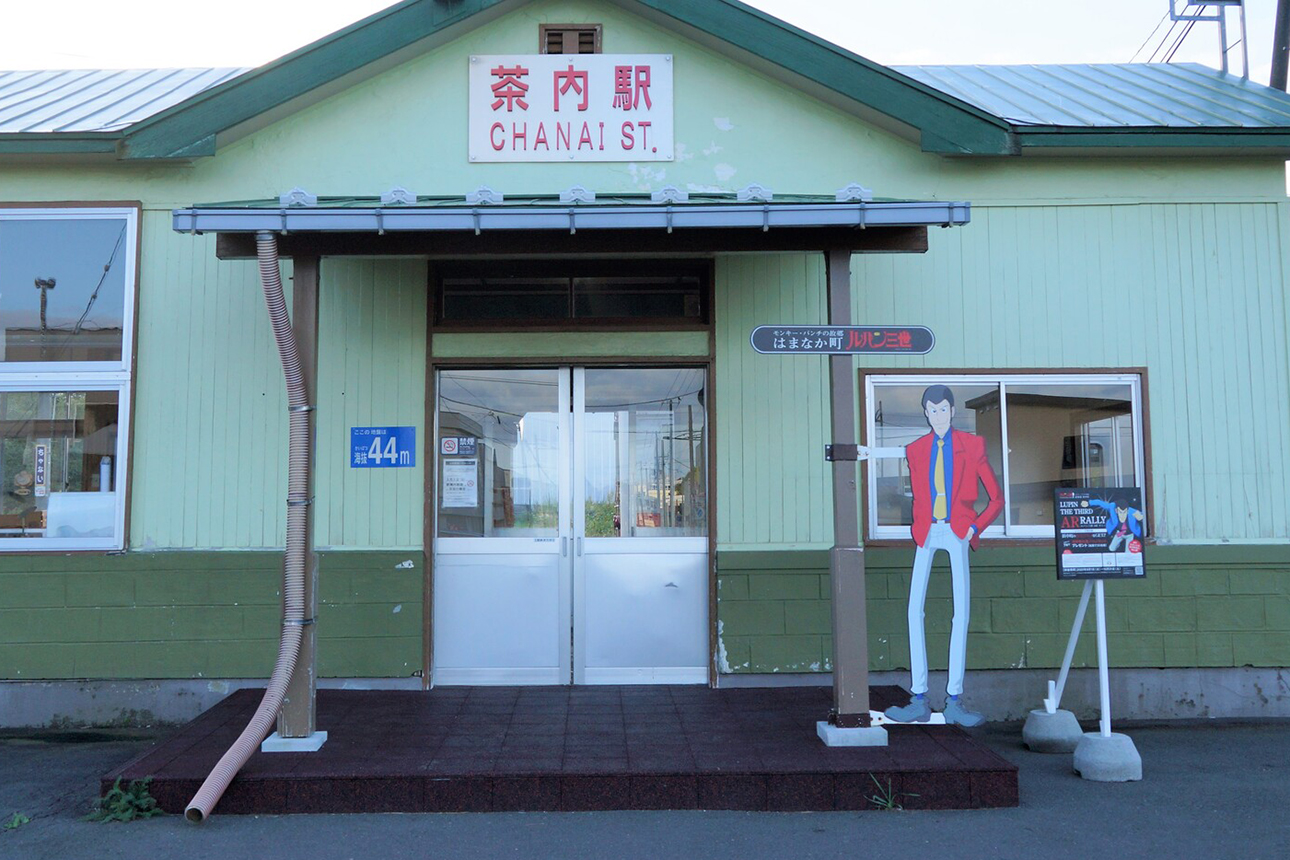
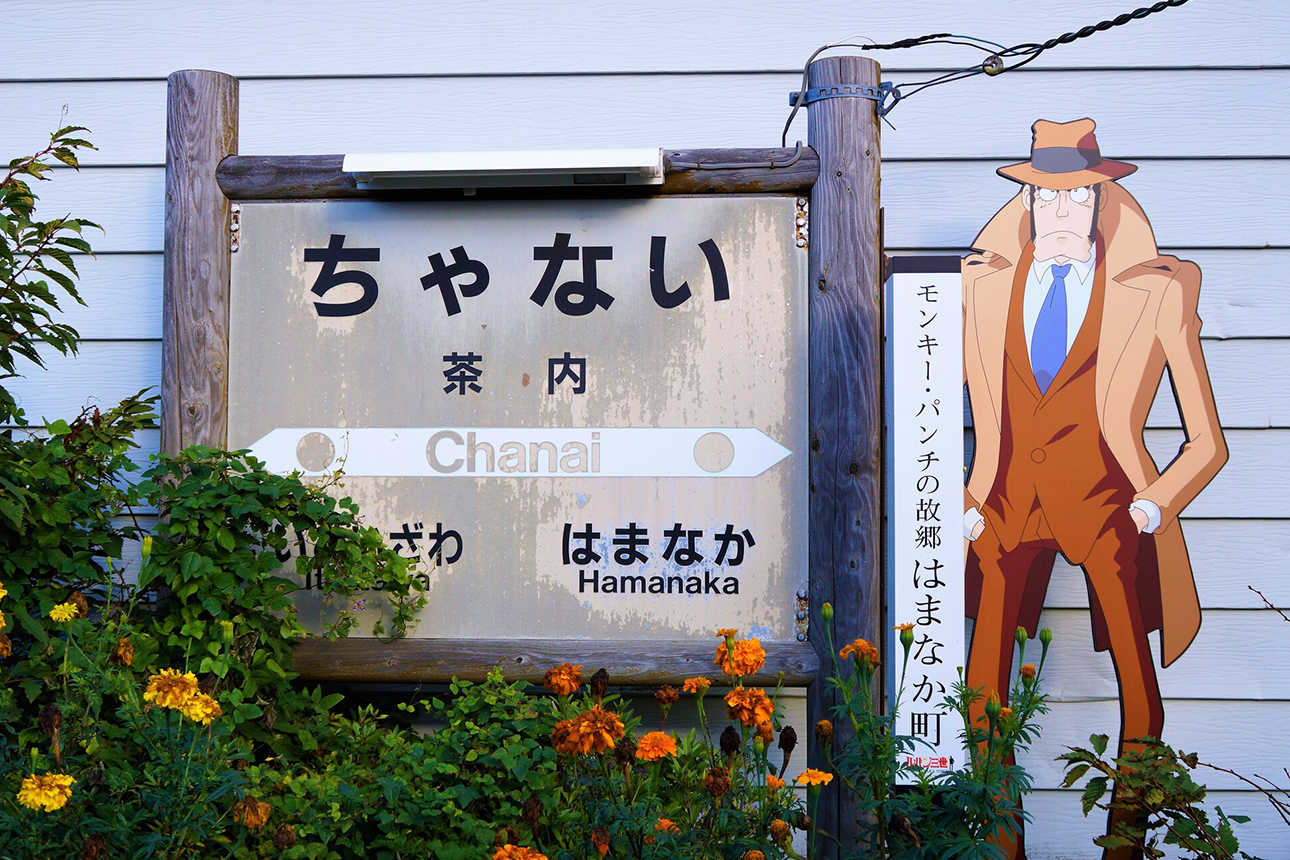
・Uma Musume Pretty Derby:
While not set in Hokkaido, the Hidaka region is the heart of Japan’s thoroughbred horse breeding industry. Fans of this horse-girl anime are eager to visit the town of Niikappu. The local roadside station, “Sarablade Road Niikappu,” sells some anime goods, and you can even take a photo with one of the anime characters at a nearby landmark called the “Yushun no Tou” (Tower of Excellence). How about a planned road trip to this horse-filled region for a photo op with the character panel waiting for a picture by the elevators? Horse lovers, be sure to watch this anime before visiting Hokkaido!
An Otaku’s Shopping Guide to Sapporo
Where to get your anime goods fix in Sapporo? Maki knows exactly where to go!
1. Animate: The go-to chain for all the latest anime merchandise.
2. Book Off (Odori Station): The first floor of this location near Tanuki Koji is packed with manga and collectible figures.
3. Norbesa Building: This building, with its iconic rooftop Ferris wheel, has a massive shop filled with rare figures and collectibles.
For a truly anime-immersive experience, time your trip with the TOYAKO Manga & Anime Festa. This major annual event is unlike any other convention; for two days in late June, the entire hot spring resort town of Toyako Onsen transforms into a massive, open-air celebration. The streets along the scenic lake teem with thousands of fans in incredible cosplay, alongside events with famous voice actors, exhibitions of anime-decorated cars, and merchandise stalls. Since the exact dates can vary each year, ask your Travel Consultant to triple-check the schedule so they can perfectly time your travels to coincide with this unforgettable festival.
Part 4: The Deeper Connection: Why Hokkaido, Why Now?
After exploring Maki’s three great passions, I wanted to know what lies at the heart of her love for this island. Why Hokkaido?
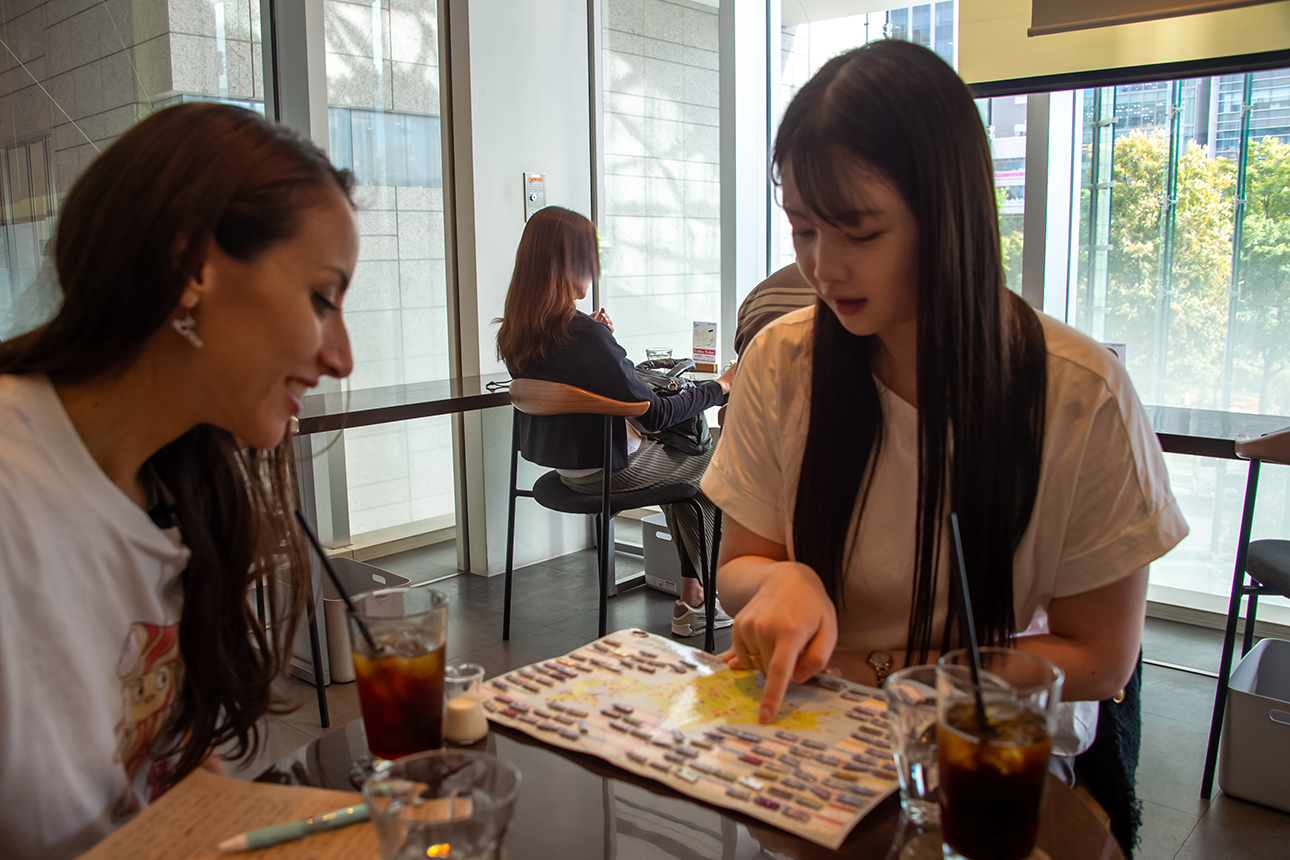
Finding a Home in the Vast North
“Many reasons,” she begins, “first: the food!” Her favorites are sushi and the delicacy Tachi-pon (cod milt), a true gourmet treat.
“The second reason: the people. There are not too many people and not too few. There’s a perfect amount of space,” she says. “It’s not congested like other Japanese big cities.”
This sense of space is something I deeply relate to. “Even after living here for 15 years, I haven’t gotten bored, exploring the vastness of Hokkaido,” I shared.
Maki agrees. “Hokkaido is huge, so it has many variations to enjoy… compared to other prefectures, there’s a lot to do!”
The Hokkaido Treasure Island Travel Difference
This is where working with a local expert like Maki transforms a trip. It’s about getting an experience that feels immersive, not just being a one-time visitor who comes and goes.
“You can experience what it’s like to live in Hokkaido,” Maki explains passionately. “Of course, the famous tourist spots are wonderful. But taking the time to go local, deeper into the countryside and communicate with the locals gives you the experience of living there. That’s something travelers probably can’t arrange on their own, so please leave it to us, the Travel Consultants.”
Their expertise is also practical. “Because we live here in Hokkaido, we know how far things actually are, how many hours you need to drive from one town to the next,” she adds. “Your time on a trip is limited. We want to use our knowledge to help you get around efficiently so you can use your time here to the fullest.”
So how does it work? “If possible, the more you tell us, the better!” she says. “Give us a quick list of what you want to eat, where you want to go, or what you want to avoid. We can build from there, creating an itinerary that matches your budget and your travel days. We keep talking through it until you’re satisfied.”
Maki’s Final Message: Your Story is Waiting
When I ask Maki for one final message for our readers, her answer is simple and heartfelt:
“Even in Japan, Hokkaido’s seasons are very clear, and there are very rare and unique experiences only found here,” she says. “The food in Hokkaido is a treasure trove as well. What I’m trying to say is, visit Hokkaido more than once. Come over and over again!”
“And what’s the best souvenir to take home?” I ask. For Maki, it’s not a physical object.
“The best omiyage are your memories to take home with you! So be sure to take lots of photos with your family and friends on your trip here, and bring that home with you.”
From a “Happy Alcohol Tour” to collecting Michi-no-Eki pins and walking in the footsteps of your favorite anime characters, a trip to Hokkaido offers a lifetime of activities. Let an expert Travel Consultant like Maki help you write your own unique Hokkaido story. It all starts with a message. Why not send us your Hokkaido dream trip so we can help you make that dream come true?
